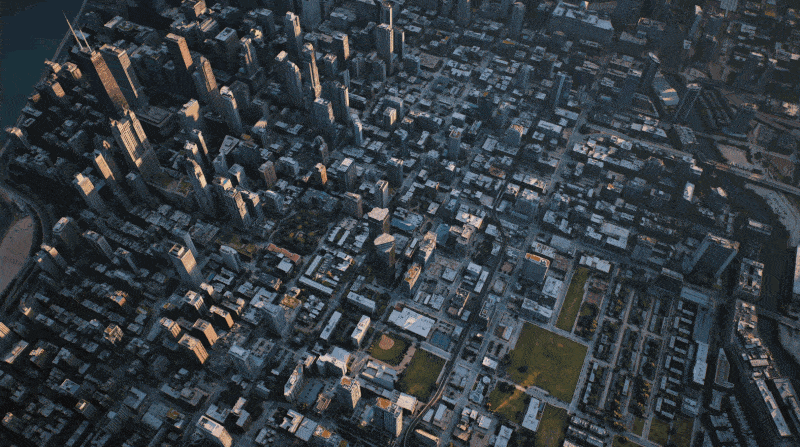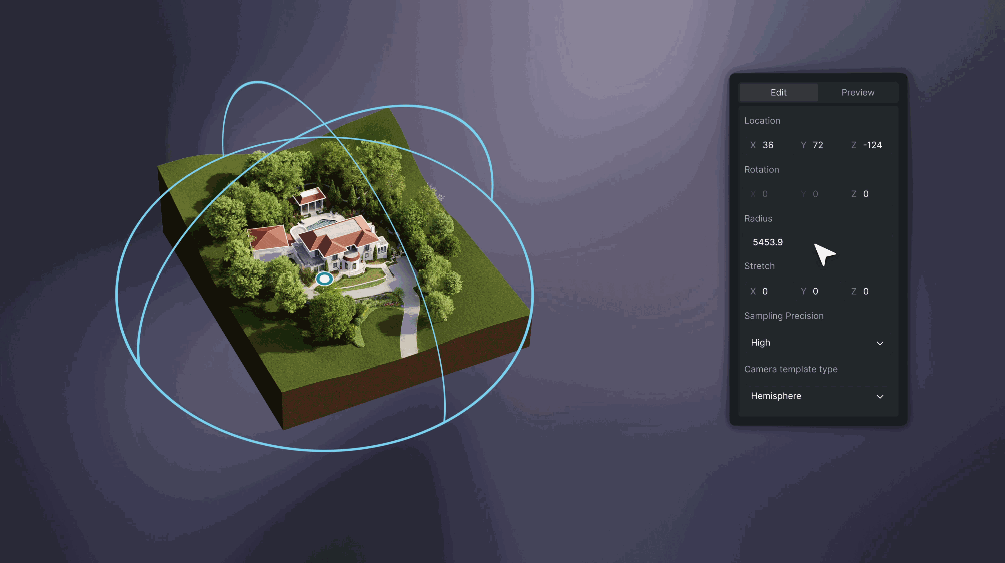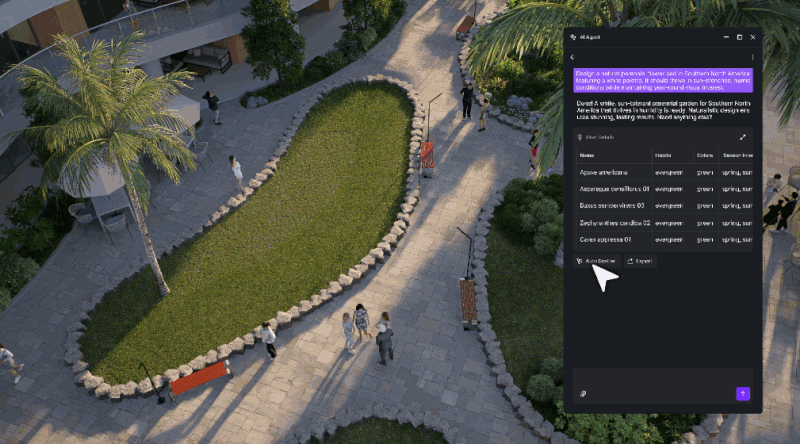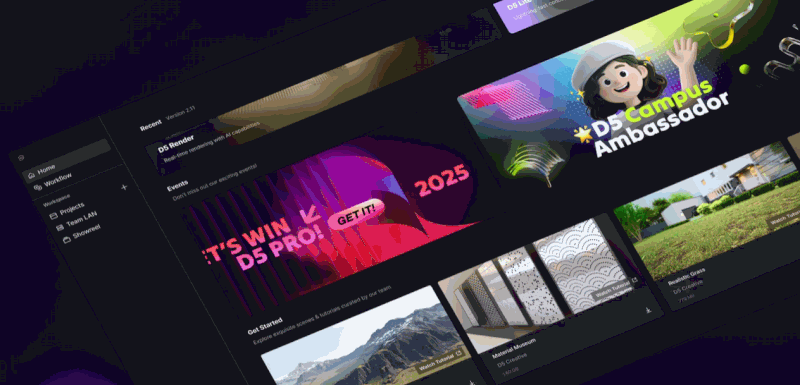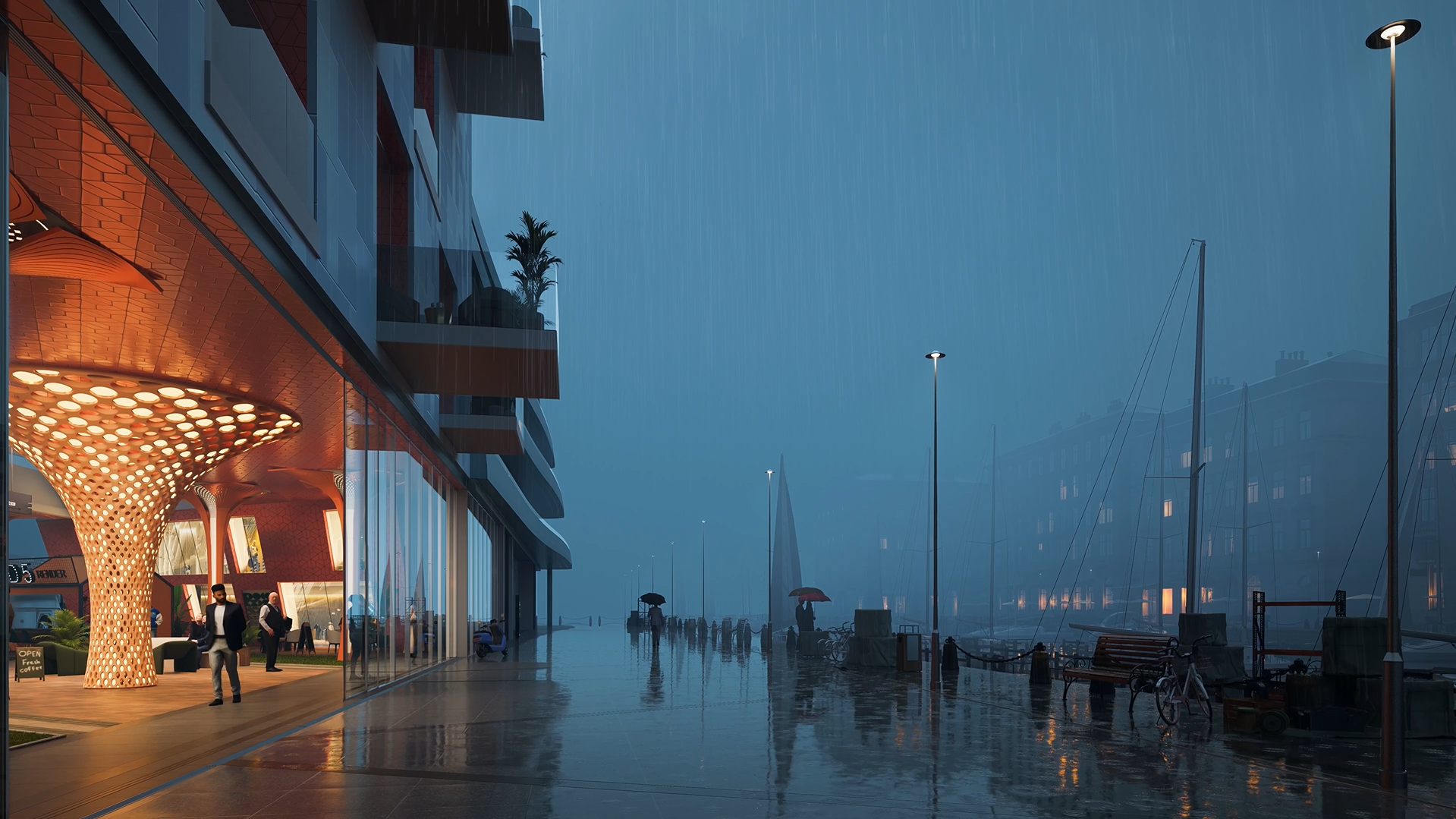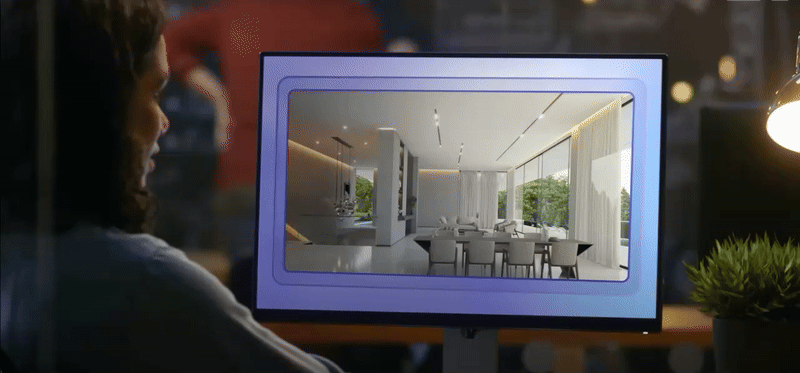This is the 1st place entry in this year's D5 Render Challenge II, and Michal, Spotlight studio is the one behind this masterpiece. Today he will share with us how he made the winning entry, and how he uses D5 Render in his usual workflow.
Why Switch to Real-time Render Workflow with D5 Render?
Hi Michal, please introduce yourself to us.
My name is Michał Marek. I live and work in Poland. I’ve been in the filed of archviz for quite a long time, since 2005. In 2014 I started my own studio: spotlight-studio for interior and exterior archviz projects.

How did you find out about D5 and what made you switch?
It all started when I first saw the trailer video for D5 Render version 1.3 on YouTube.
If I recall correctly, there was no English version of the official website back at the time, and it was hard to find detailed information, but the software looked so impressive that I started following the development, and looked around for RTX GPU to be able to see D5 in action.I bought it right when version 1.7 was released. October of 2020 I think. At the beginning of 2021, I moved 100% to D5 Render.
What is the modeling software that you usually use? How's D5 used in your workflow?
I model in 3ds Max, make proper UVs only where necessary, which is especially needed for displacement/parallax mapping in D5.
Before exporting, I always double check whether the model is in correct 0, 0, 0 coordinates, because later in D5, I can simply click on "Sync Coordinates" to locate the model correctly as in Max or other modeling software. When the modeling part is finished, I tend to export the models in .d5a file format which can be read by D5 Render.
.png)
On top of that, I export all the additional elements of the scene like furnitures, props and plants to separate files, so I can have full control of each of them in D5. Another reason why I do so is that it allows me to save the objects to the local library separately so I can reuse any of them in other projects. After all, if you group a lot of components as a whole, that would make adjustments for certain objects a hard nut to crack when rendering.
After the often tedious modelling work comes my favourite part – shading, lighting, and setting up shots in D5 Render.


Whenever I need to update any model change or edit from Max to D5, I just reload the model and keep on with the whole project. There's no need to export, import and adjust, going over the whole process again.
After rendering is done, I tend to stay away from extensive post production.
Simple color grading and sometimes sky replacement will do for my projects.
You can switch on Color Grading in Menu > Preference > Widget, so you have an advanced color editor that includes Highlight, Midtone, Shadow and Global adjustments. There's no need to go to another software like Photoshop or DaVinci Resolve for post-processing.

What makes D5 Render stand out among all the rendering programs?
The main advantage of D5 Render for me is, unsurprisingly, the real time feedback and speed. You are able to pretty much see your final frame right away in the viewport. Preview in D5 is very reliable, compared to all the other programs. Before D5 rolled out, it was impossible to render animation within any reasonable time. I tested all thecompeting products but everything else was either lacking in quality or with a so-called "real-time" viewport that looked nothing like final output.
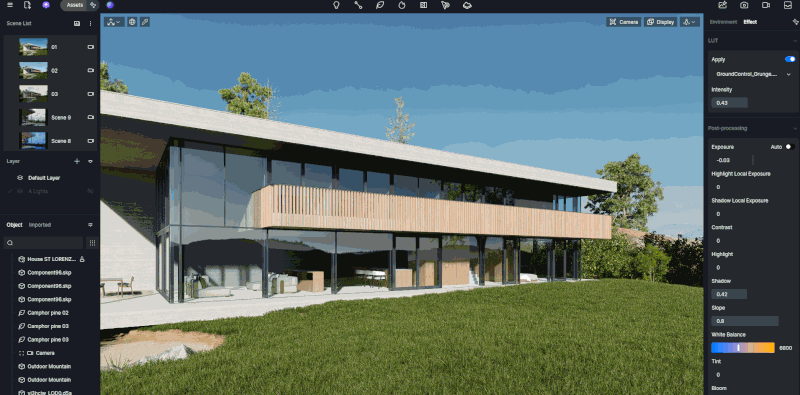
User interface is tremendously important for us who deal with rendering on a daily basis. The software we face everyday is supposed to offer a UI that is well thought out, clean and streamlined to fit all the archviz needs.
Using other popular rendering engines, I always ask myself: Is it the optimal method to get the desired effect? Is it the easiest one?
I did not need all the options, capabilities and clutter.
I needed something “high speed – low drag”.
D5 proved to be the right alternative, and I am glad that I switched.

Behind the Scene
"Illustrating exterior and interior projects is my bread and butter, but for this challenge, I wanted to create something different, unreal and full of contrast. A proof, at least in some degree, that imagination is the only limit for creation with D5 Render.”
Michal even recorded a making-of video for his entry after the whole project was wrapped up. Watch this time lapse video and see the necessary steps and key moments during animation creation.
Tell us more about your work, From Gray to Color.
I created everything myself. The inspiration was the reality around us.The main challenge was the portal: doors. I knew right away I need two separate scenes for that. To keep the camera movement smooth, I needed to continue it far beyond the doors.

With this animated camera path and doors position, I was able to create the second scene. This approach allowed me to have the same camera in both scenes. It was a lot of fiddling: I needed to perfectly time doors’ animation in 3ds Max.
Updates | with D5 Render
- Making door opening/closing animation is now much easier with the new feature "Sync Pivot"
- See the tutorial video here.
- Support for .abc file import is greatly improved. D5 can easily handle large, complex animated Alembic files now.
- Animation control is added for dynamic models including people, vehicles, and animals with options of animation starting point, play mode, offset, speed, and range.You can choose when to start, how to play(loop, rewind, or one-time), and there are more adjustable parameters. For example, fur color for animal models, left-hand drive, driver, car light and more options for car models.

Michal: "with D5's Sync Pivot, door opening animation itself can be done directly in D5. We can open them at the moment we want thanks to keyframes. By the way, the new clouds are awesome!"

Another user of D5:".abc import got sooo much better! My largest alembic files just import into D5 within seconds."
Are there any other rendering tips that you find useful?
Pay attention to modelling. Most rendering artefacts are caused by junky topology, lack of volume on some elements (window glass, walls, ceilings) or simply the model being very far from coordinate origin.
Updates | with D5 Render
- Modeling errors can lead to incorrect render results later in rendering software. For example, rendering single-sided transparent materials is one of those annoying problems you always encounter.
- Taking this into account, D5 Render added a Thickness Simulation option for transparent materials under "Refraction" to solve such problems.
When modeling both interiors and buildings, I always start with a projection in the CAD program to precisely trace the walls.After importing the dwg file to 3dsmax, when visualizing the interior, all you need to do is add the appropriate extrude, cut openings for the windows and doors recesses at the appropriate heights, make the floor and ceiling and we have the raw interior ready. When it comes to windows and doors, I insert ready-made models and only adjust their dimensions to a given project. This process works best for me.

Archviz rendering with D5 Render
What aspect of a work do you pay most attention to when rendering?
The most important thing is the overall feel and vibe. Framing, light, colors. As I illustrate designs of my clients, I digest their vision and story to make sure they are correctly conveyed through my works. High poly models, 8K textures or perfect UVs on all four legs of a chair are not necessarily needed in every case, considering the fact that most projects are delivered through the screen of a smartphone.

That is not to say that details don't matter. The point here is you need to take into consideration different scenarios of scenes and project time. If we're talking about a close up shot, even when the image has a stunning atmosphere from its thumbnail, it lets me down when I see UVs on the wooden beams in the wrong direction, or a levitating table. Pursuit of perfection is a good thing, but if the deadline is looming, atmosphere and proper composition of the image are what come first to me.

Please share with us some other work you've done with D5

Recently I have been working on some automotive shots for large format advertisement. Very enjoyable change from my usual architecture. D5 allows you to create and iterate so fast.

The client is quite happy with the result, but in fact the scene contains only:
- model of the car from client- surfing people from D5 library
- smoke, D5 particle asset- ground plane with sand shader, D5 again
- background plane (you can use the plane right from D5 Model Library - Other - Basic Model)
- some sand geometry painted with D5 scatter tool on tyres
This is how it looks in D5's viewport, could not be simpler:

Creating this project, I have pretty much everything I need right from D5's built-in library, and I just need to drag and drop. Adjustment is also intuitive and effortless. This is how I feel about rendering using D5 Render.
What are the other benefits you gained from D5 Render workflow in your daily work?
Thanks to D5, the collaboration between me and designers has become much more enjoyable and easier. Because of the speed of the D5, you can make more changes, do more trial renderings (take more shots, several color versions, etc.), but with very good quality. With these instant feedback and edits, negotiating with co-workers and clients just got so much more efficient.Now that I can have the shots ready almost immediately in D5, I get to propose frames, color versions, not worrying that a few hours of rendering will go to the trash. And in the end, we can compromise somewhere between clients' visione and my ideas. This has really made my visualization work easier and less of a burden.

Epilogue
"To be honest, my day-to-day works are rarely seen by many, and enthusiastic appreciation is even more rare.(the clients do pay, and come back for more, so I guess they are happy, though) However, winning in this global challenge with my render work and seeing likes and comments from all around the world, I very much enjoy the fact that my creation was well received by such a wide audience.
Seeing the works of so many talented participants was also fun, and my personal favorite among other entries is this one: “Far Away In My Tiny Paradise” by Nicolas Milet. I love the work for style, atmosphere, colors and creative approach.
Another inspiring aspect for me is the jury. This takes the competition to the next level, making it a very professional event.
The theme was very enjoyable: wide enough to accommodate many ideas resulting in broad spectrum of interpretations. It seems that everyone had fun and opportunity to explore beyond their usual creative fields. It was exactly like that in my case. --- Michal
Just like the name of Michal's winnion entry: From Gray to Color, D5 hopes to help more designers, architects, and artists discover the colorful rendering part in their workflow with D5. Hopefully we bring more convenience and fun to your daily grind.

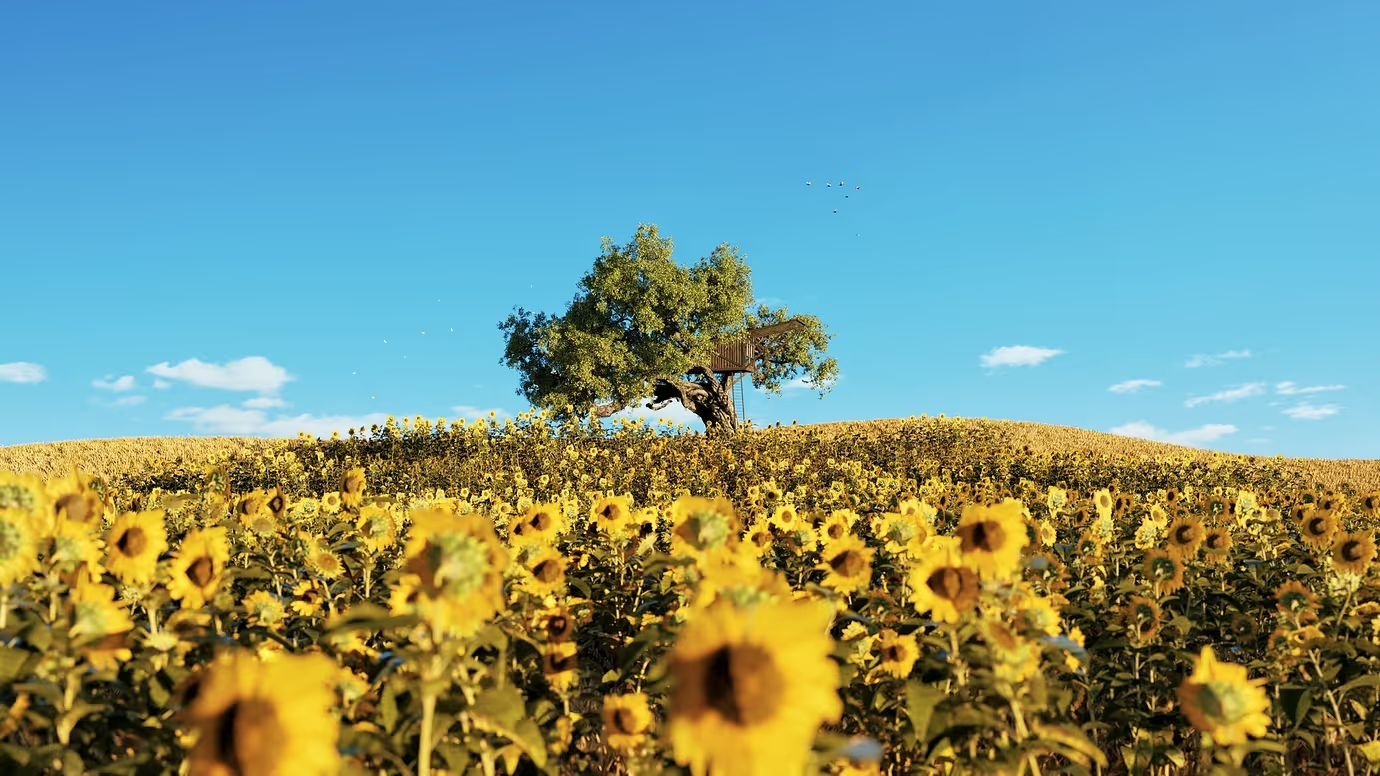


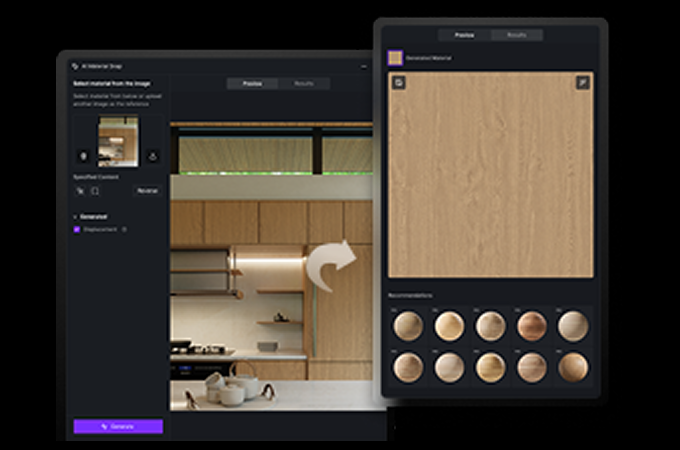
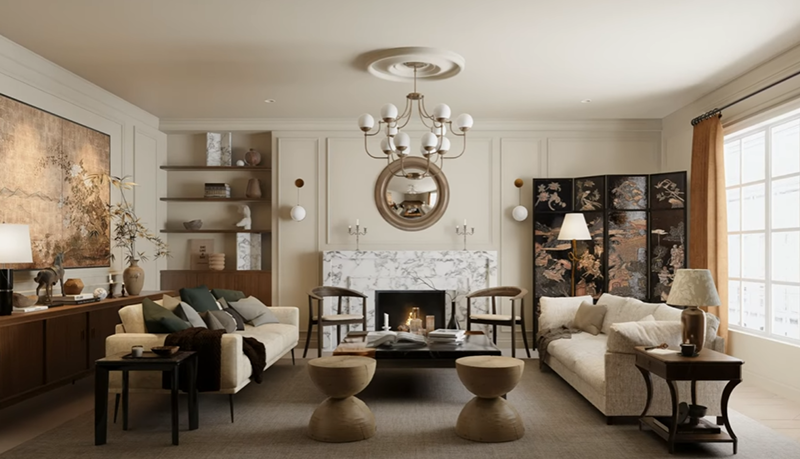
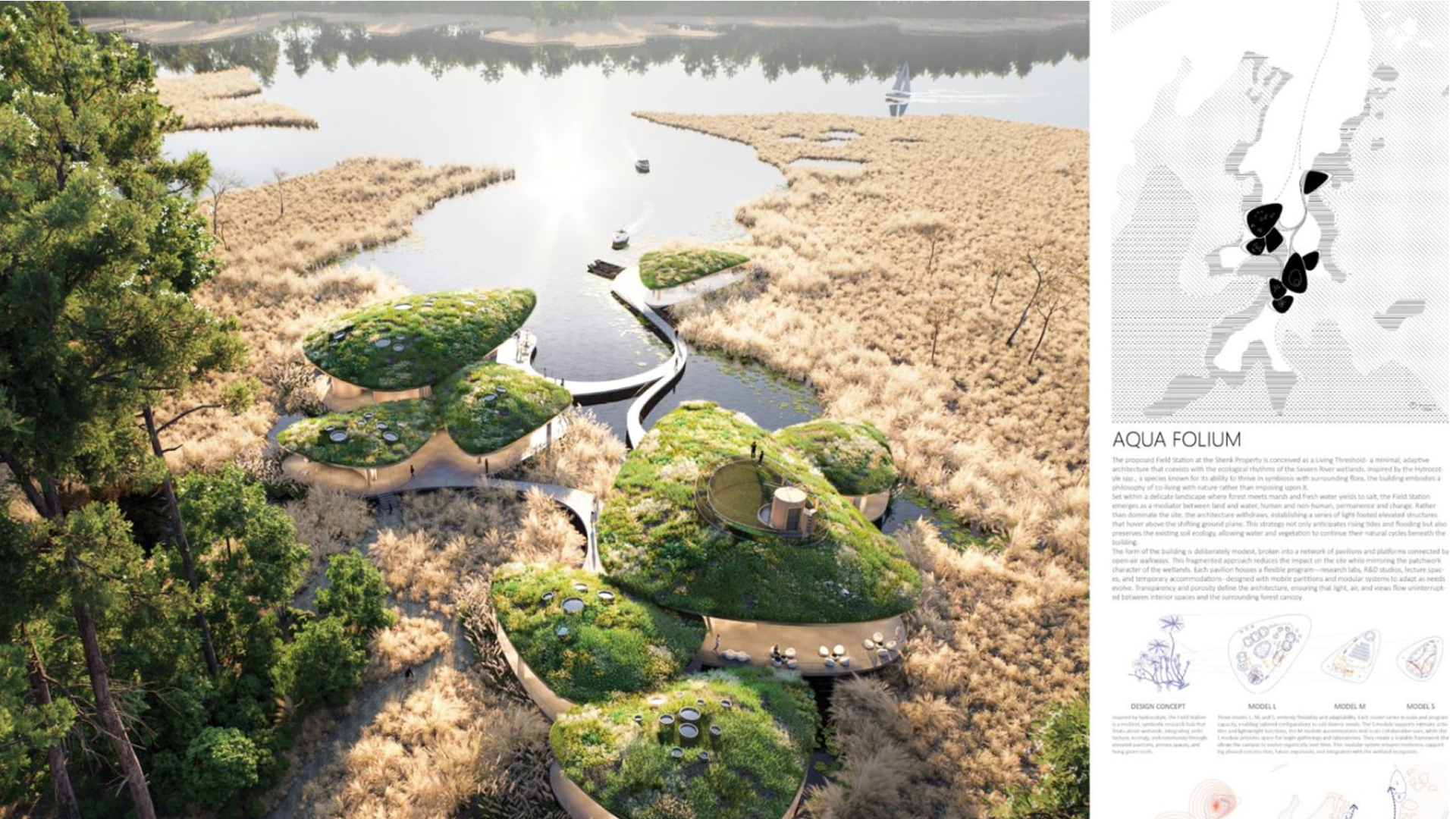
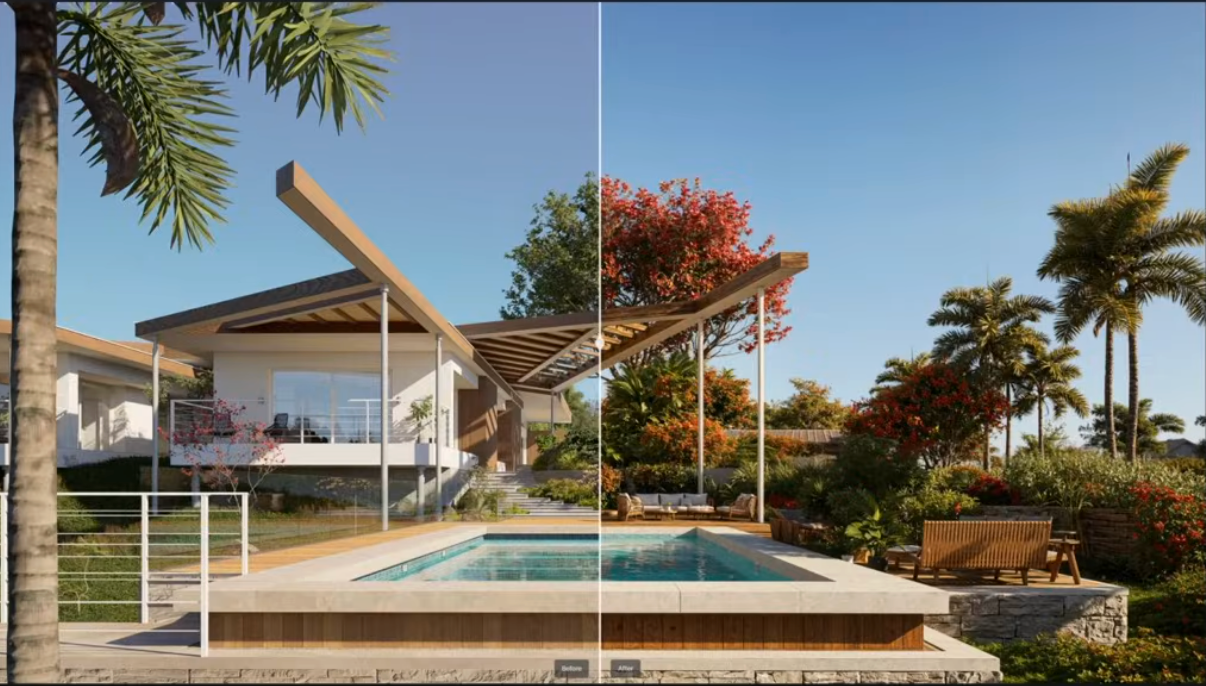

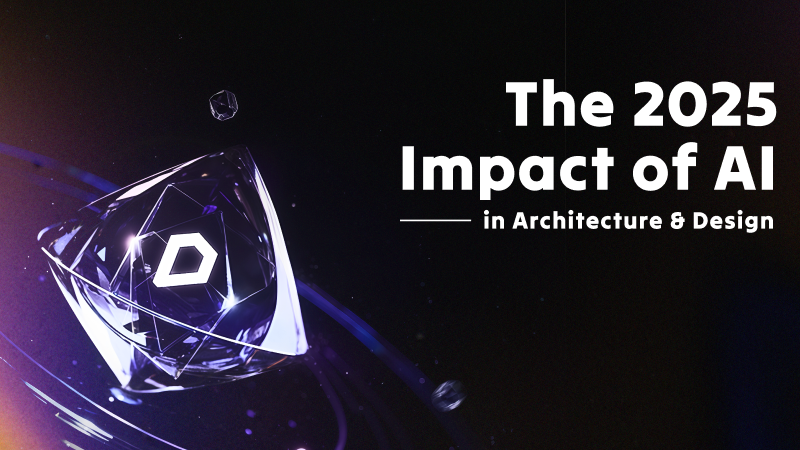
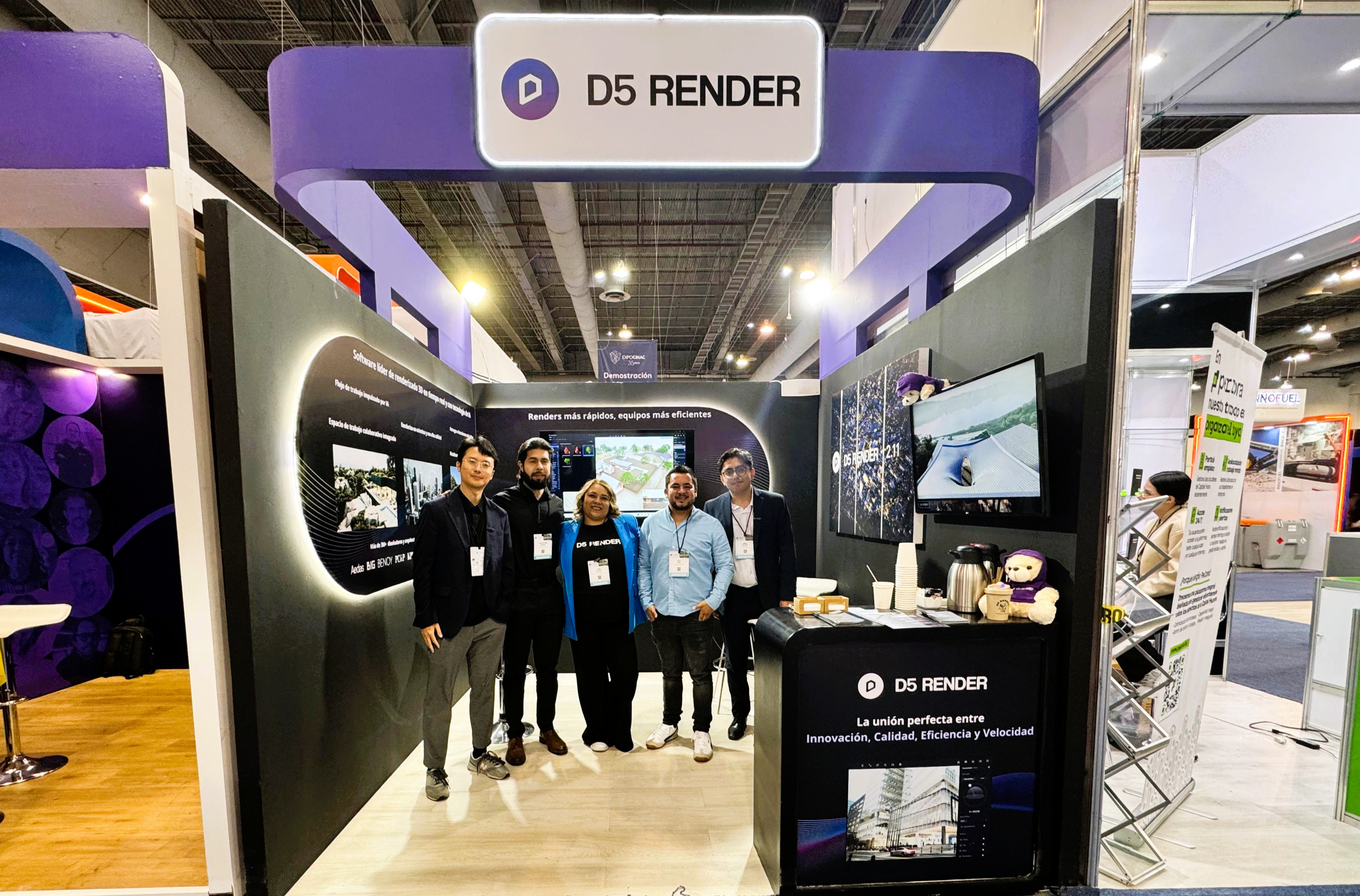

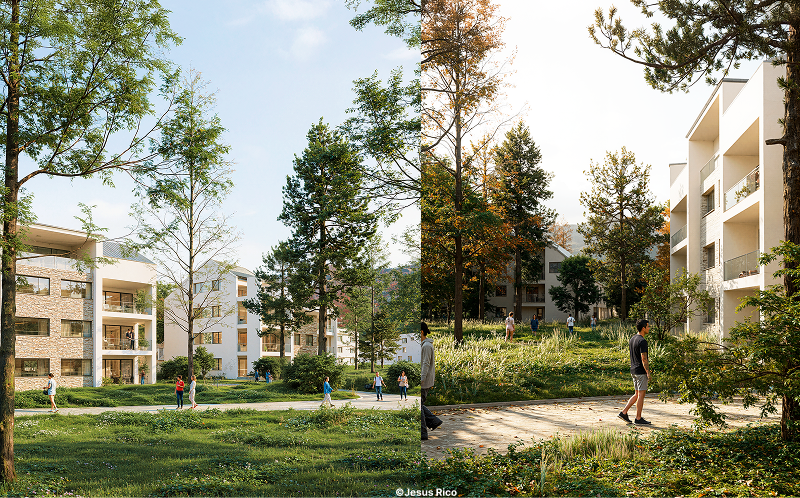
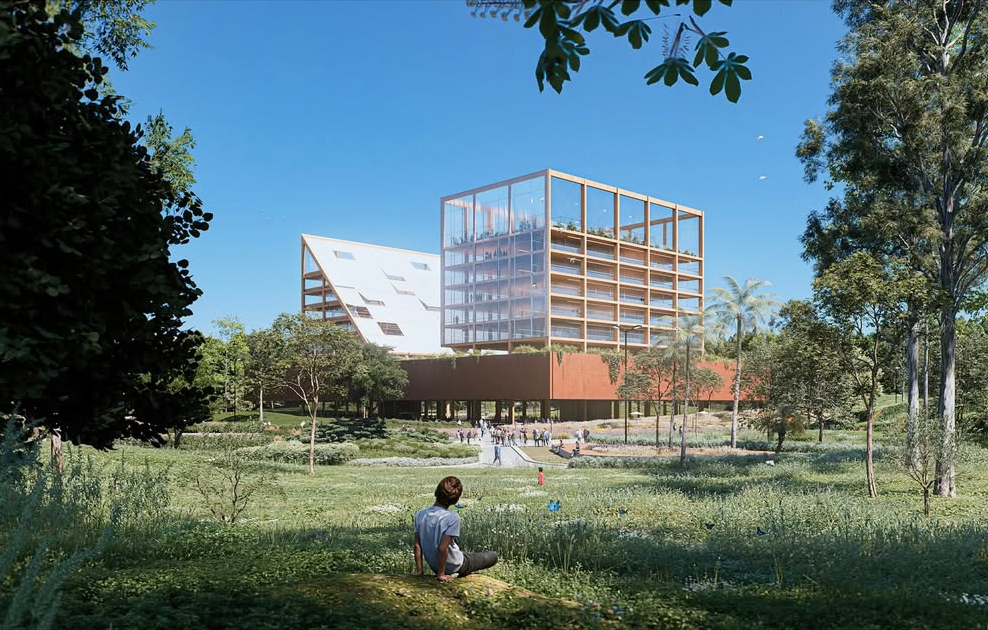

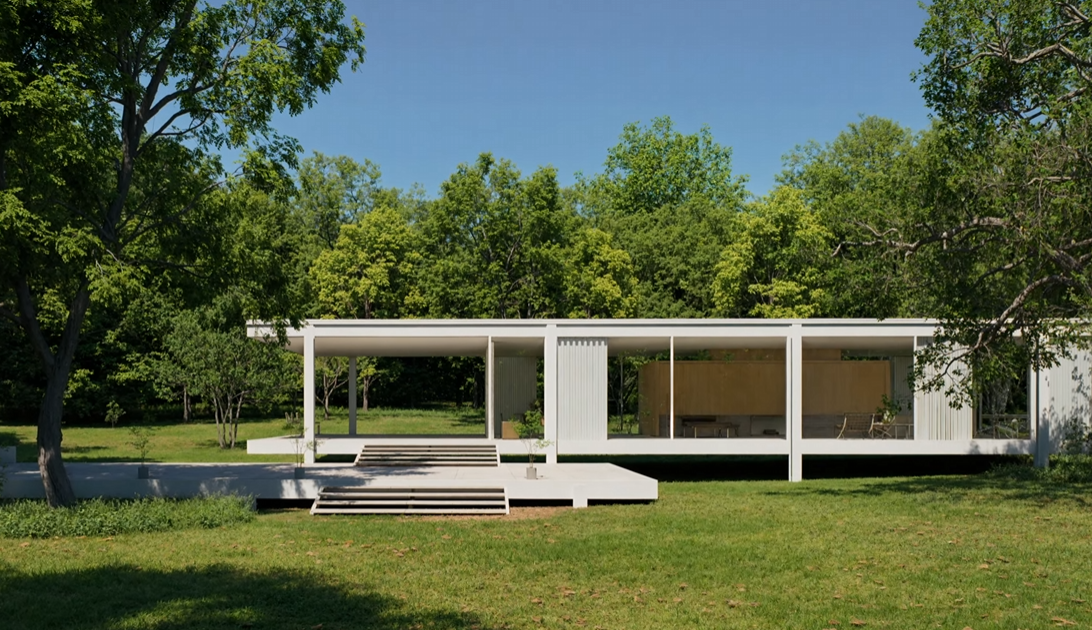

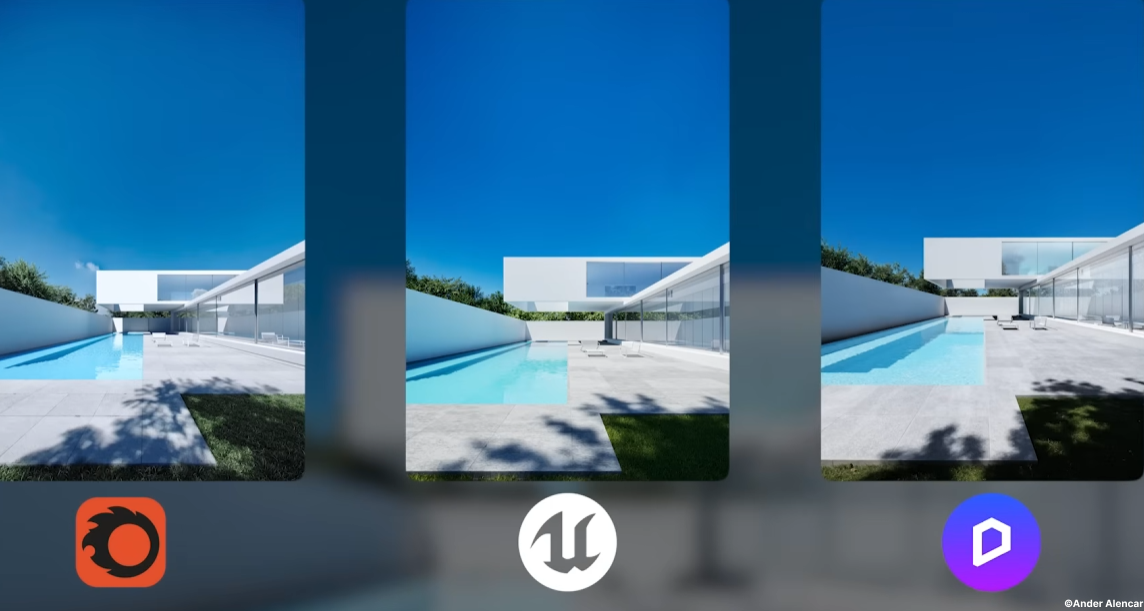
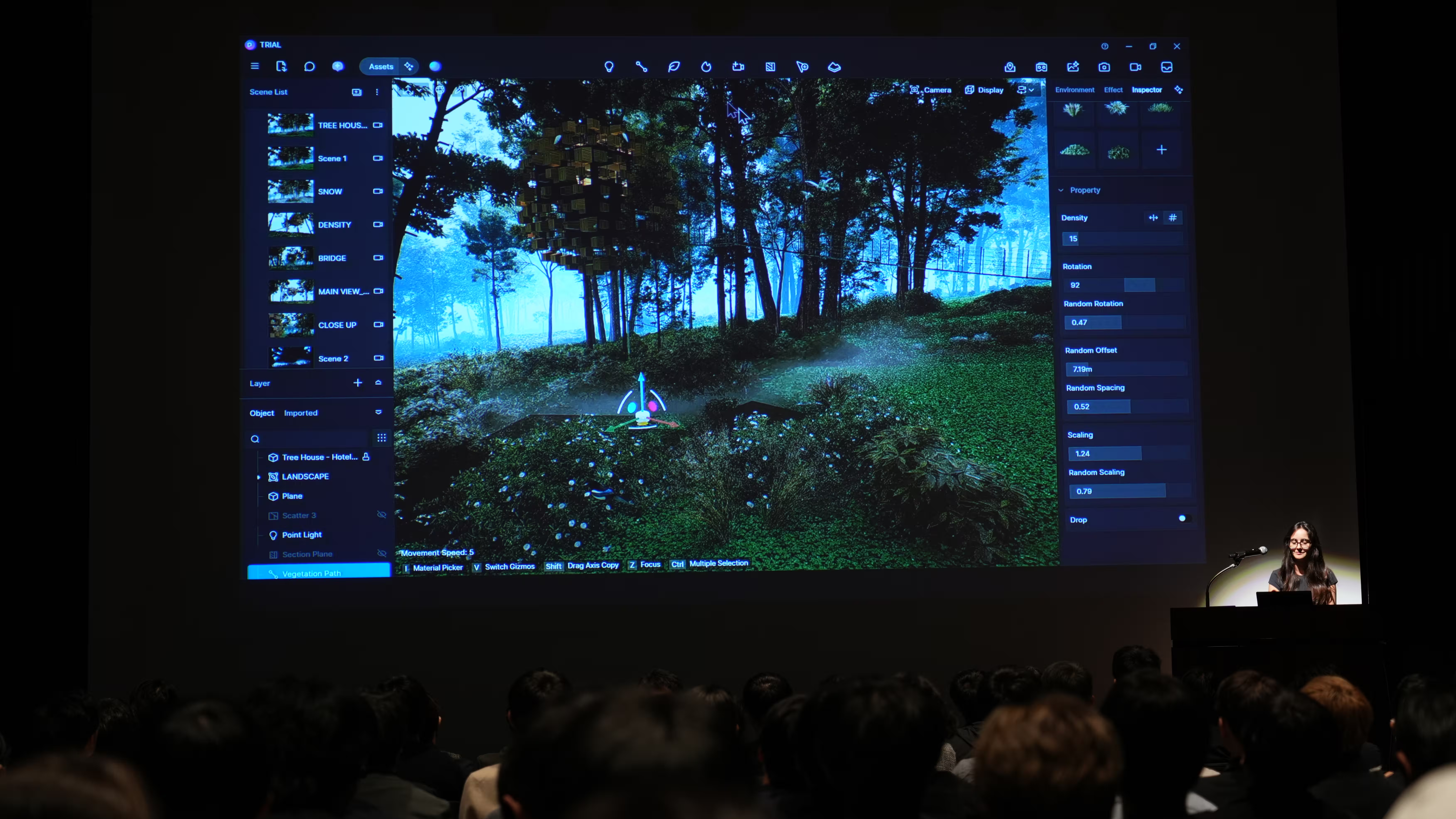
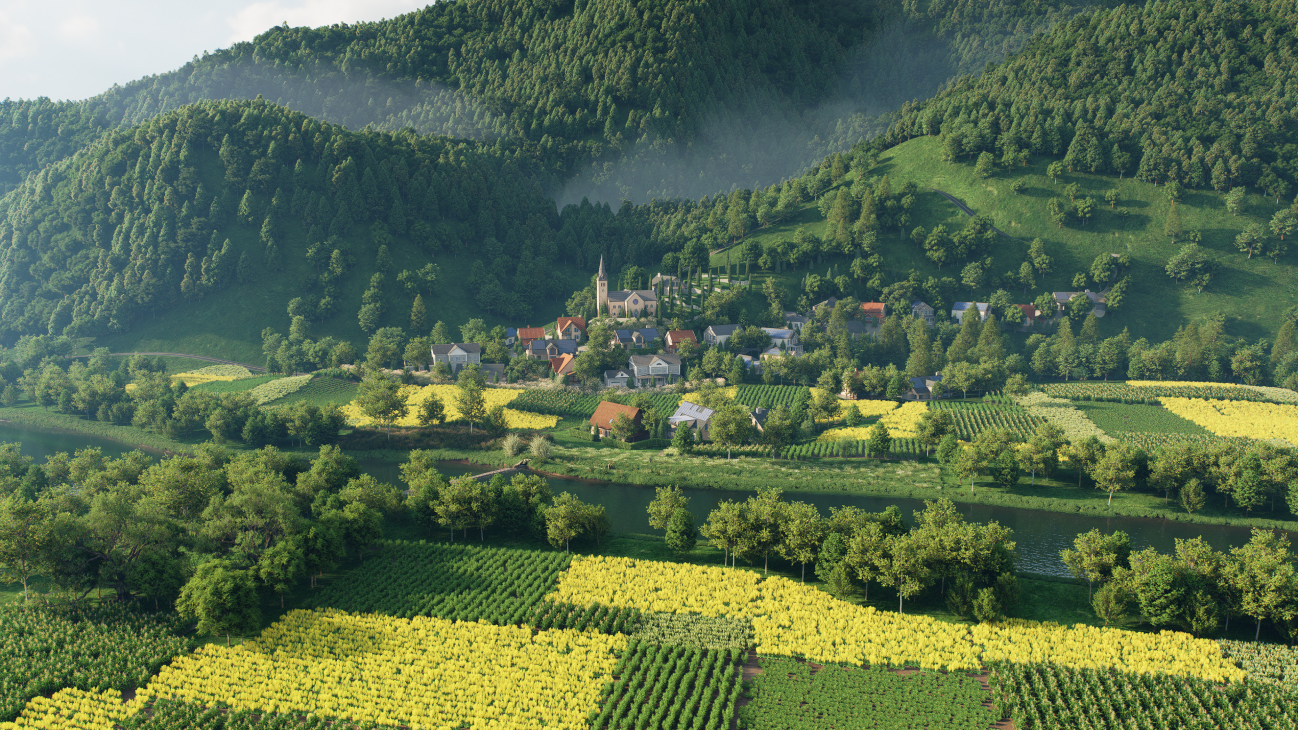
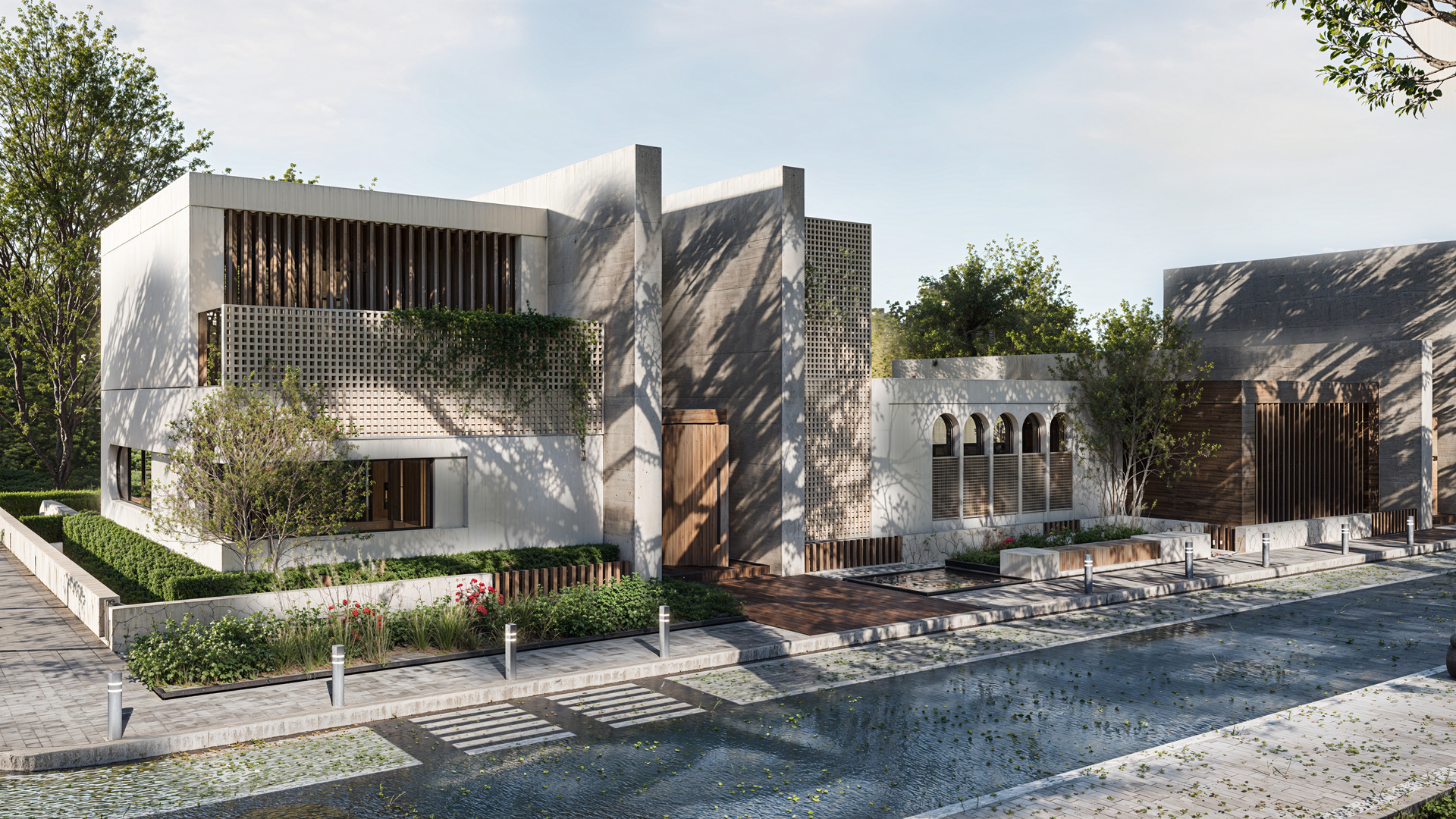

%20(1).png)
.png)

.png)

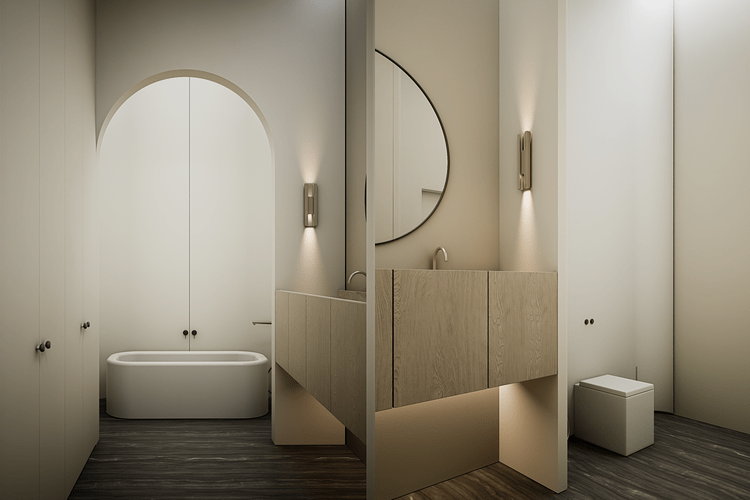
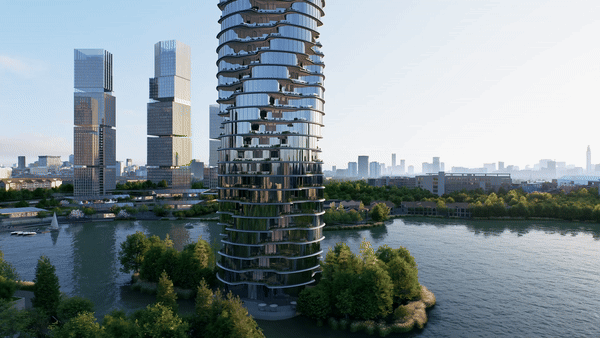

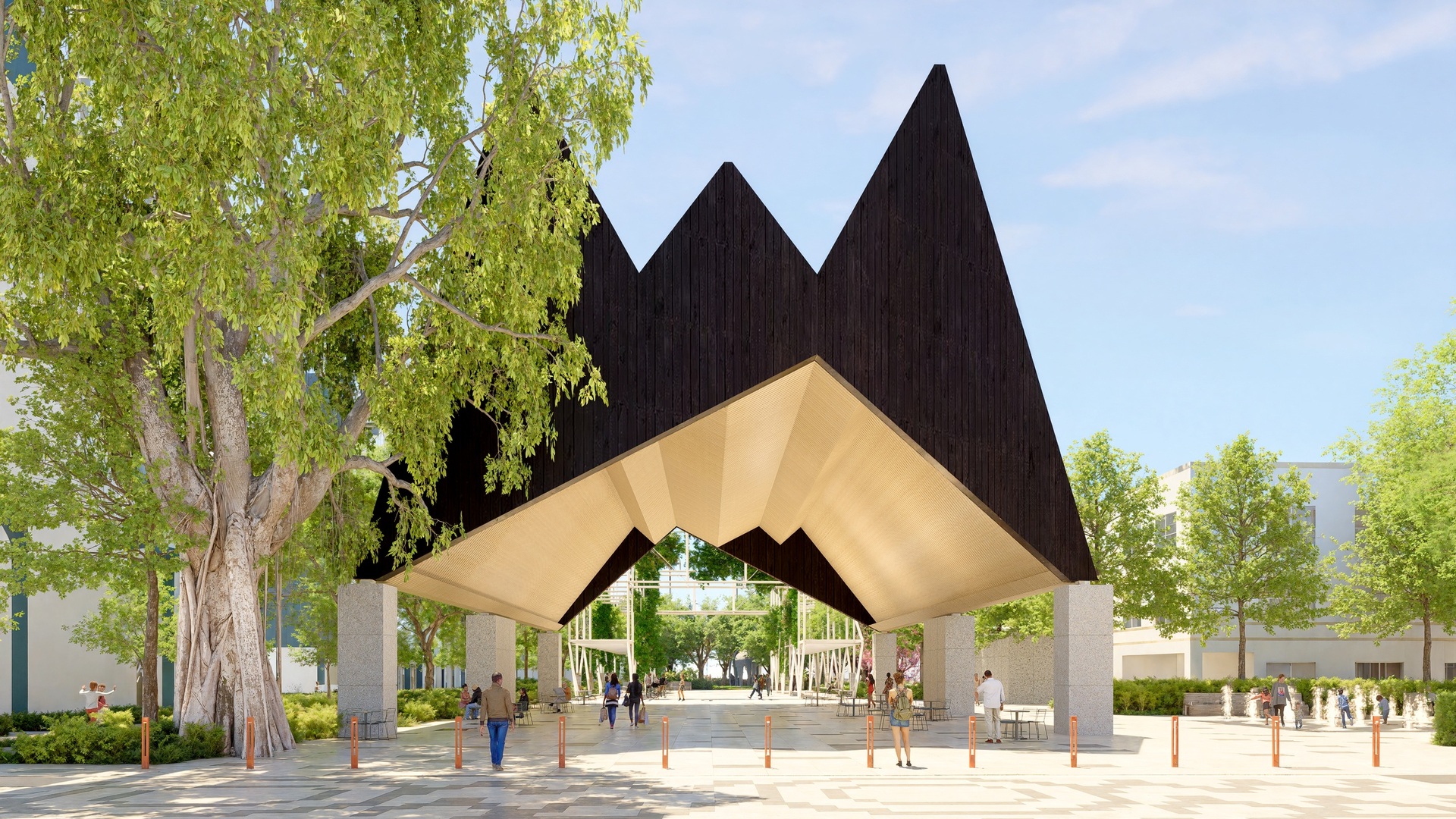

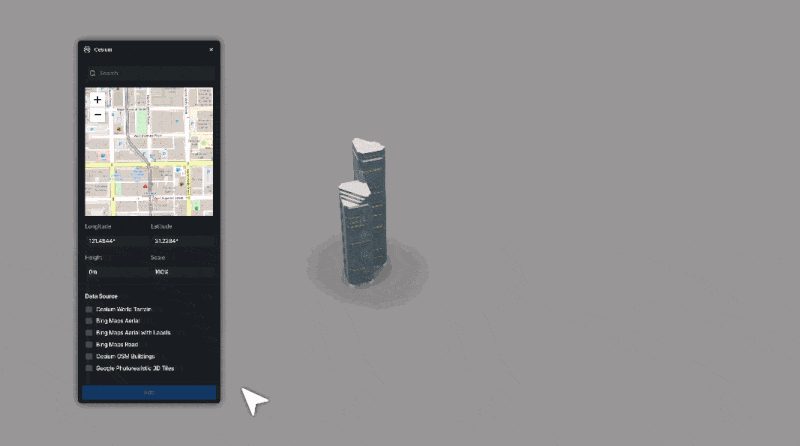


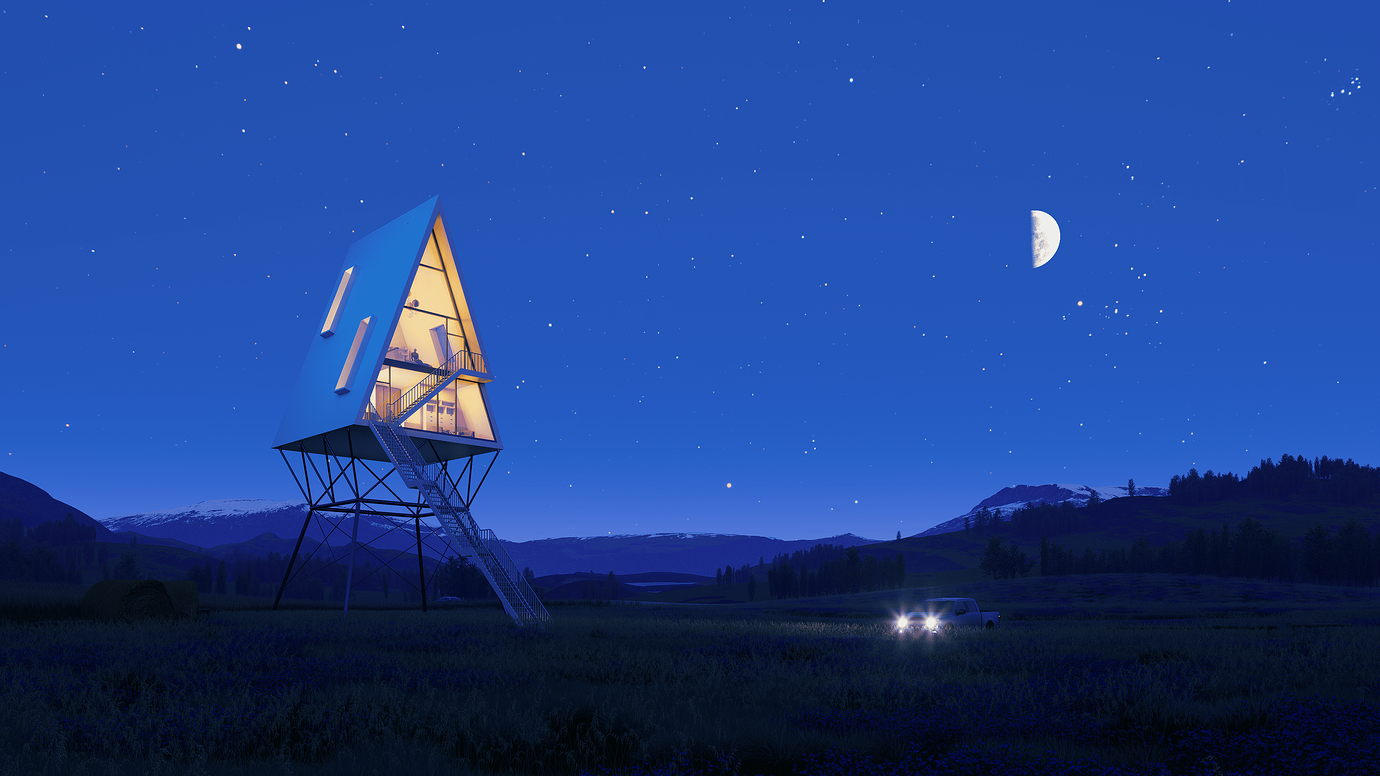

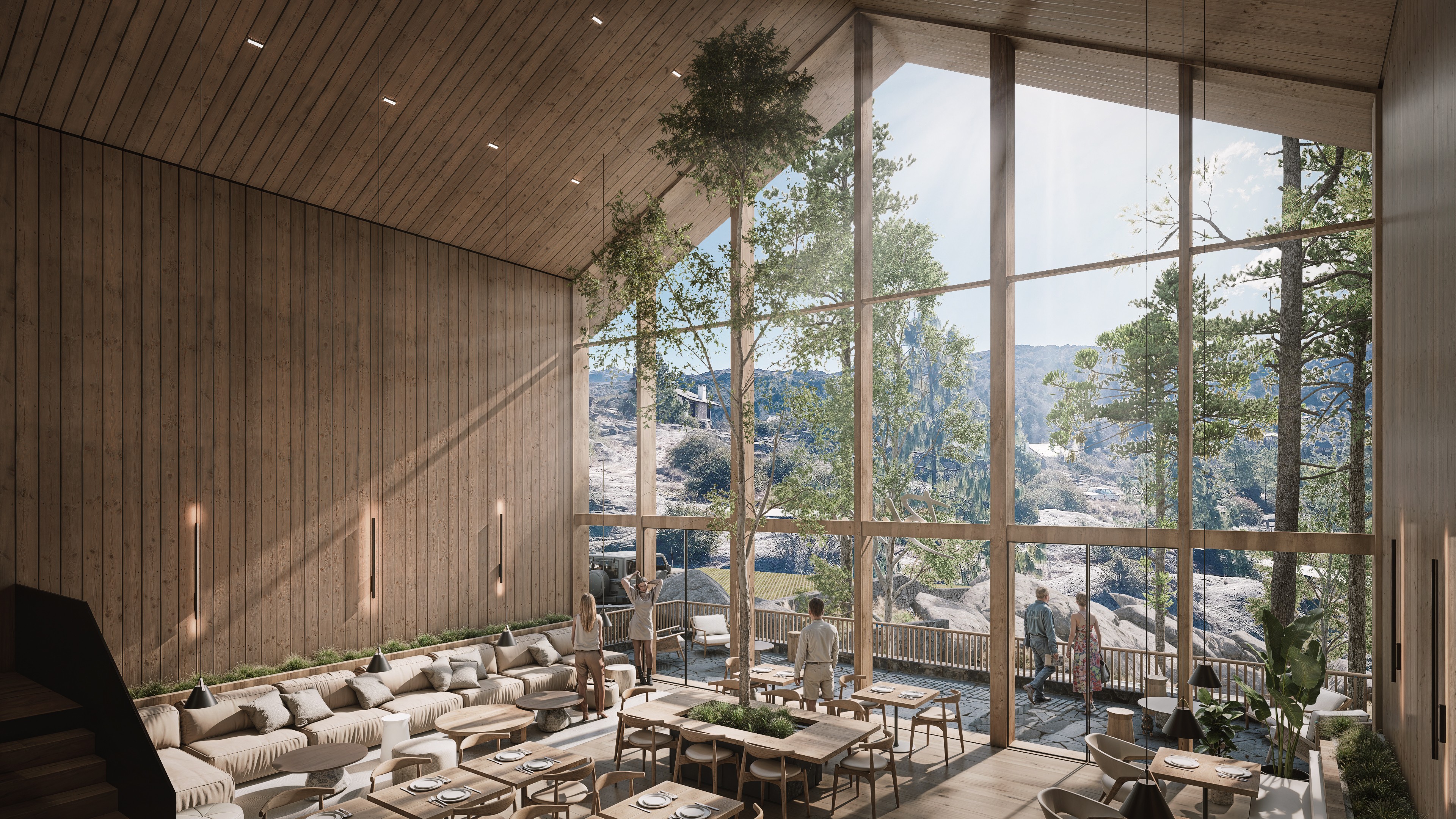
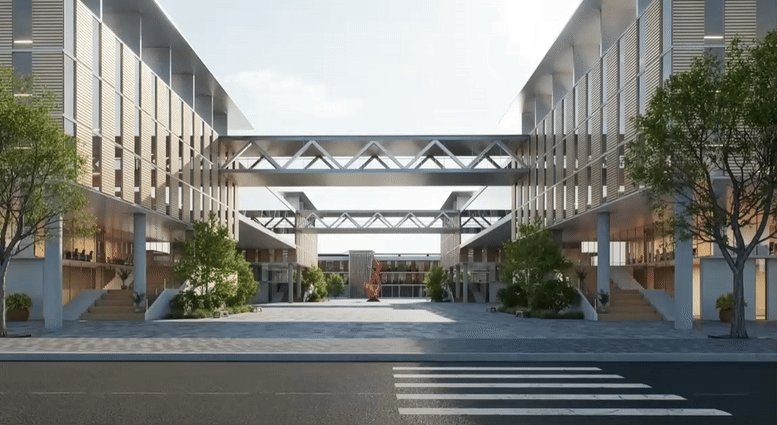
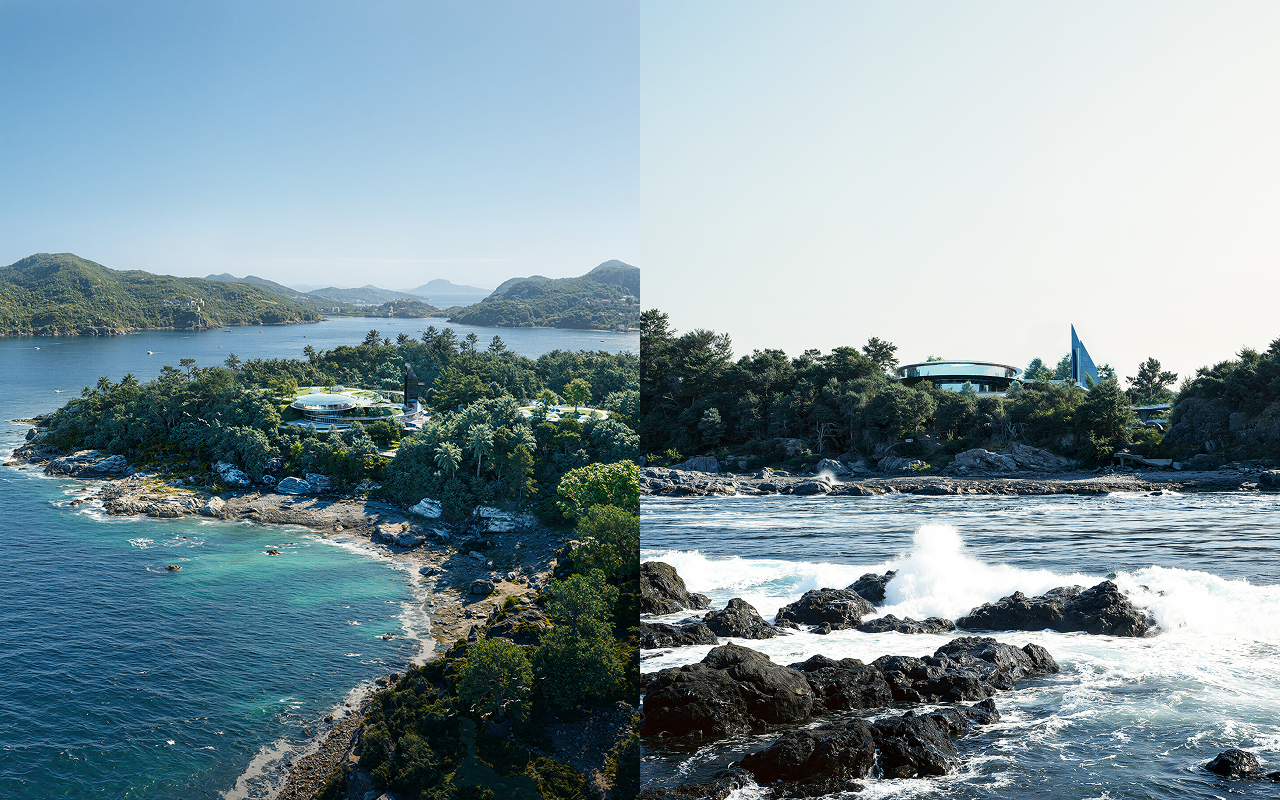
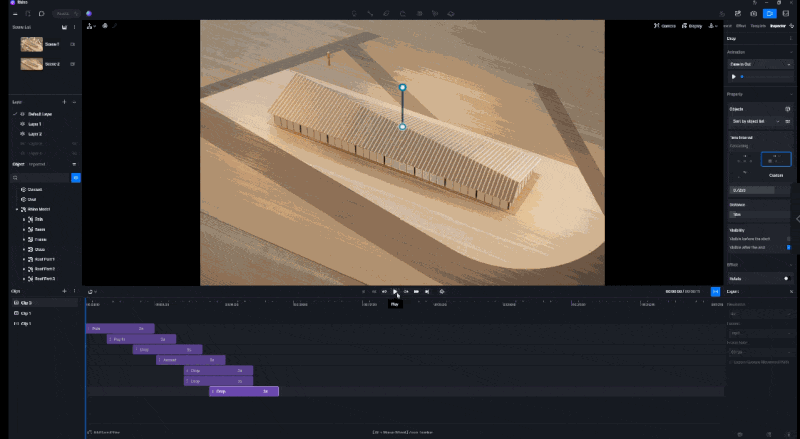
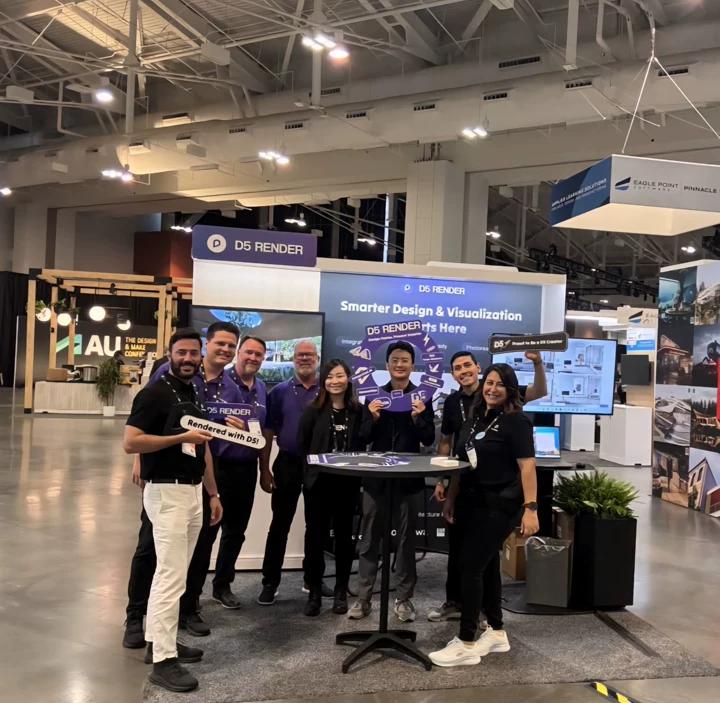


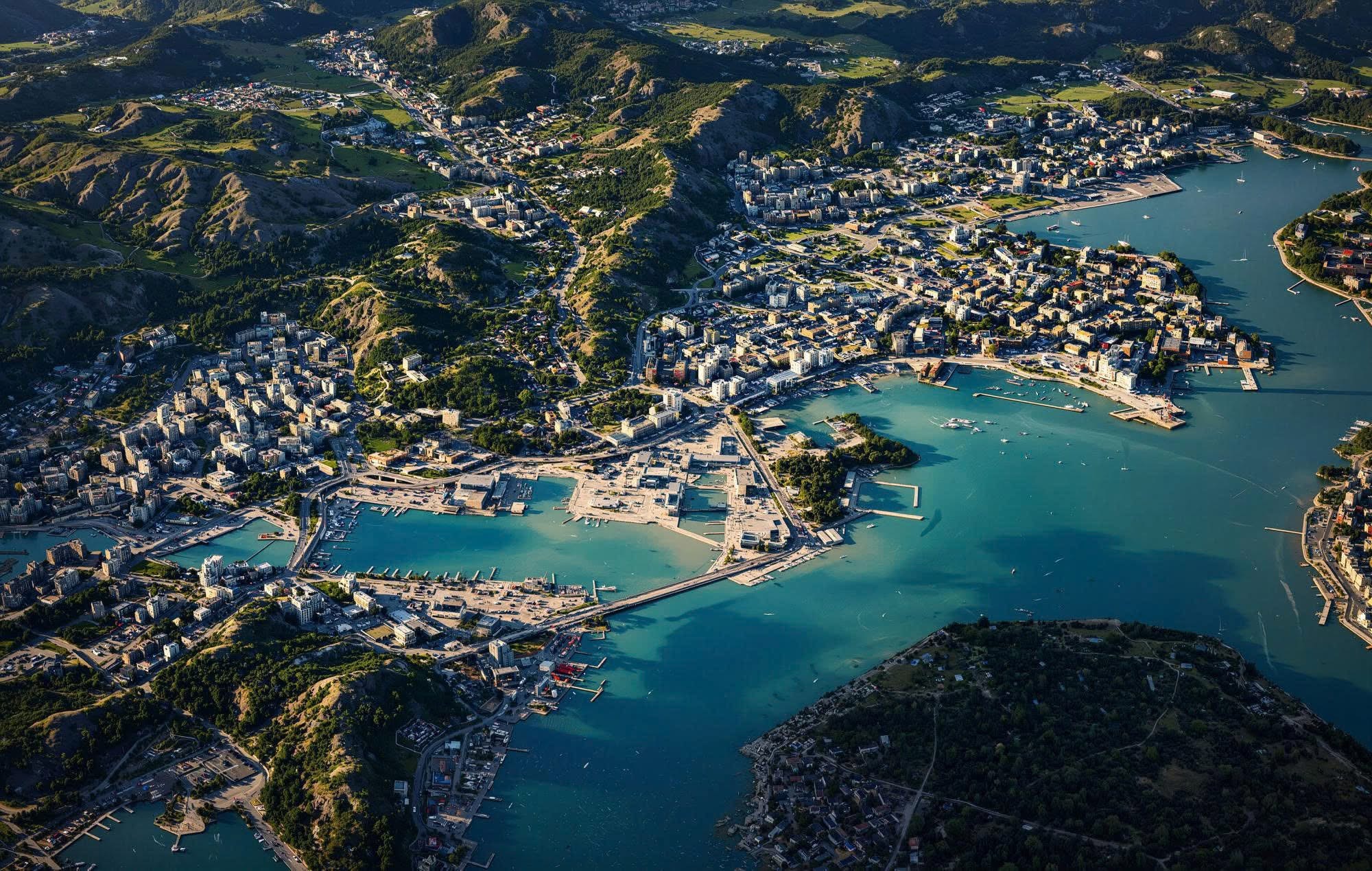
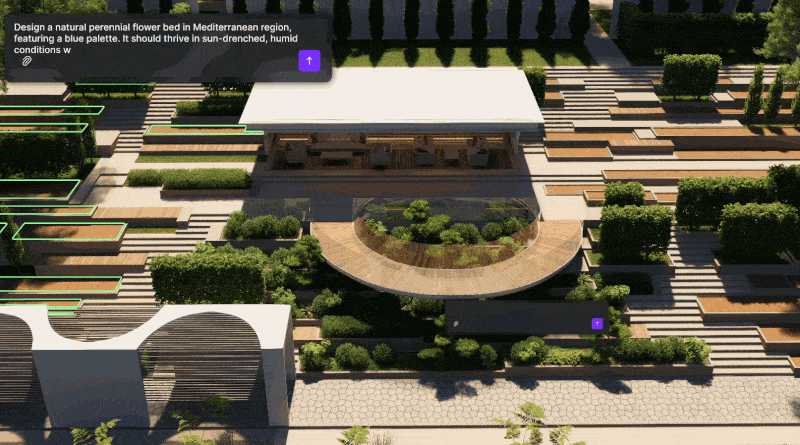
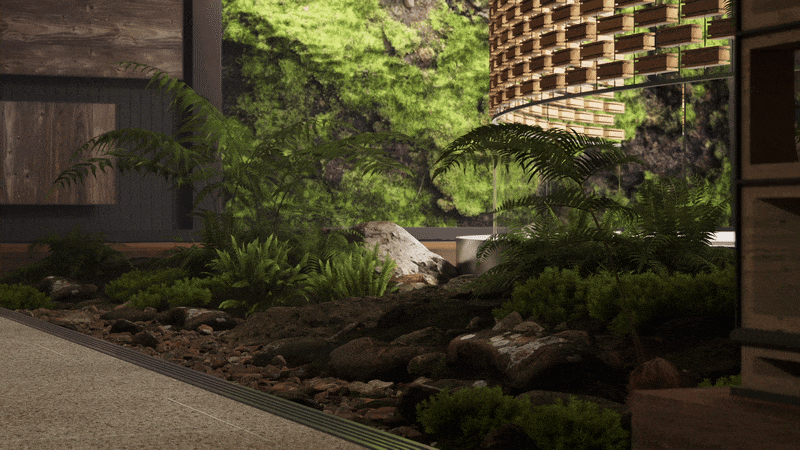


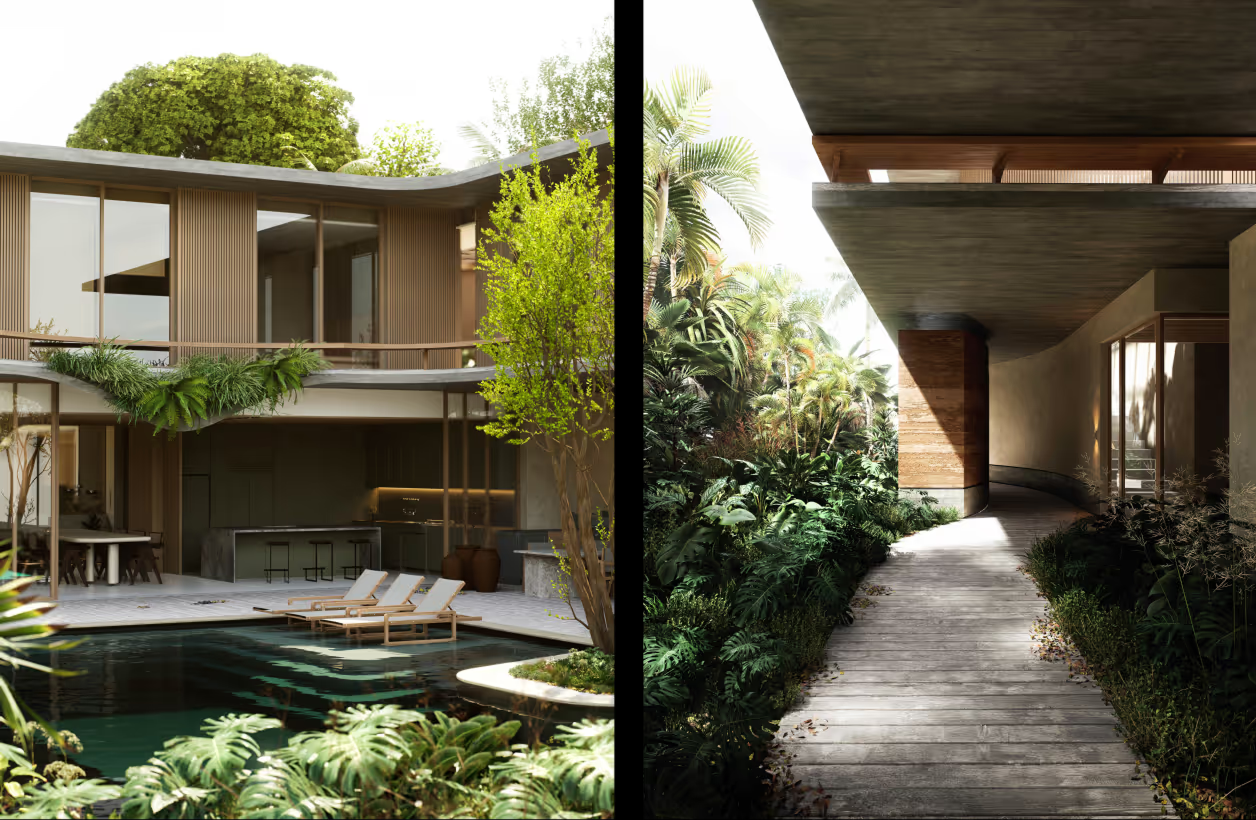


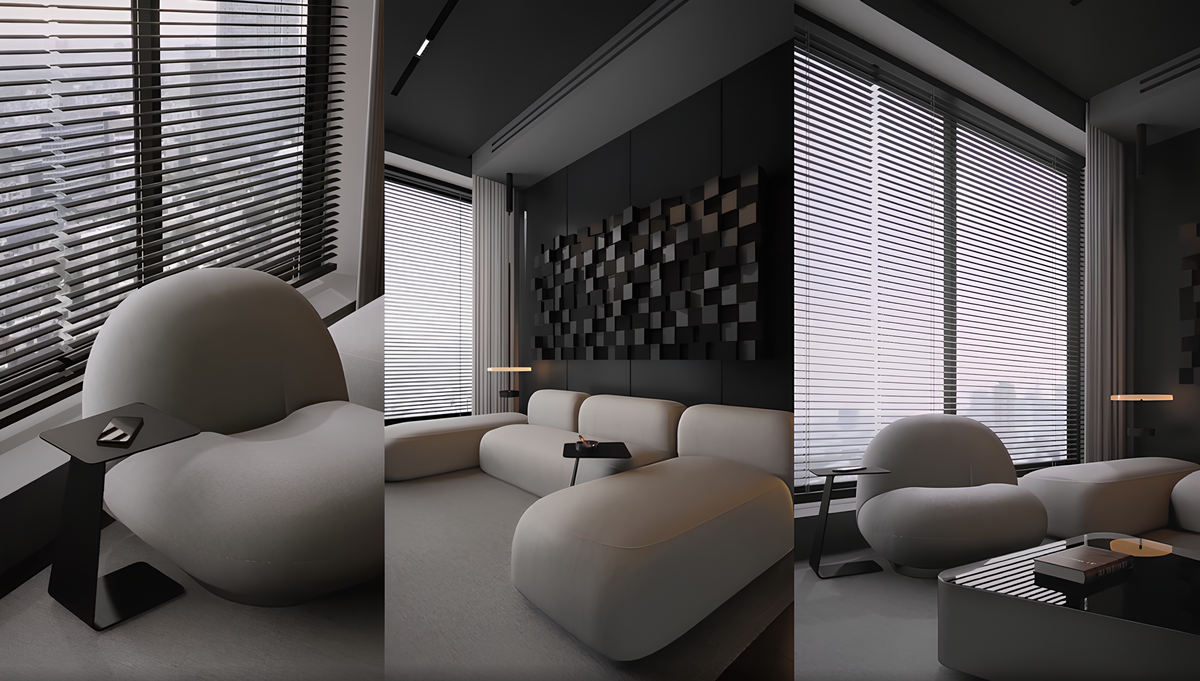




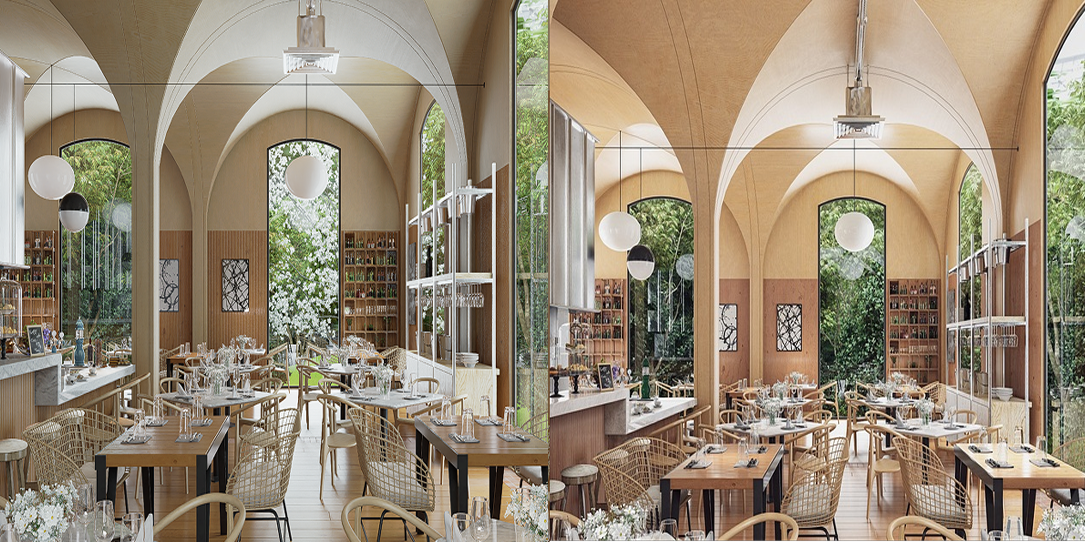
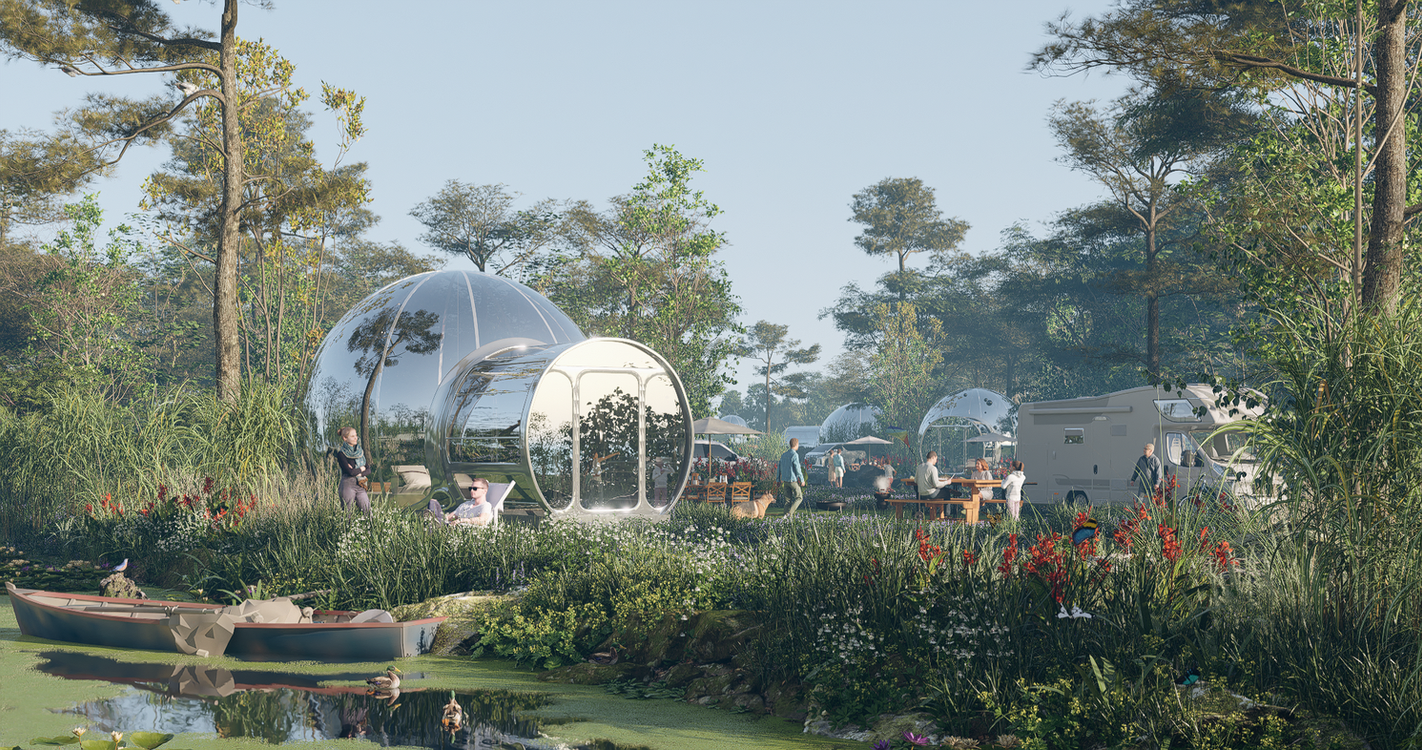
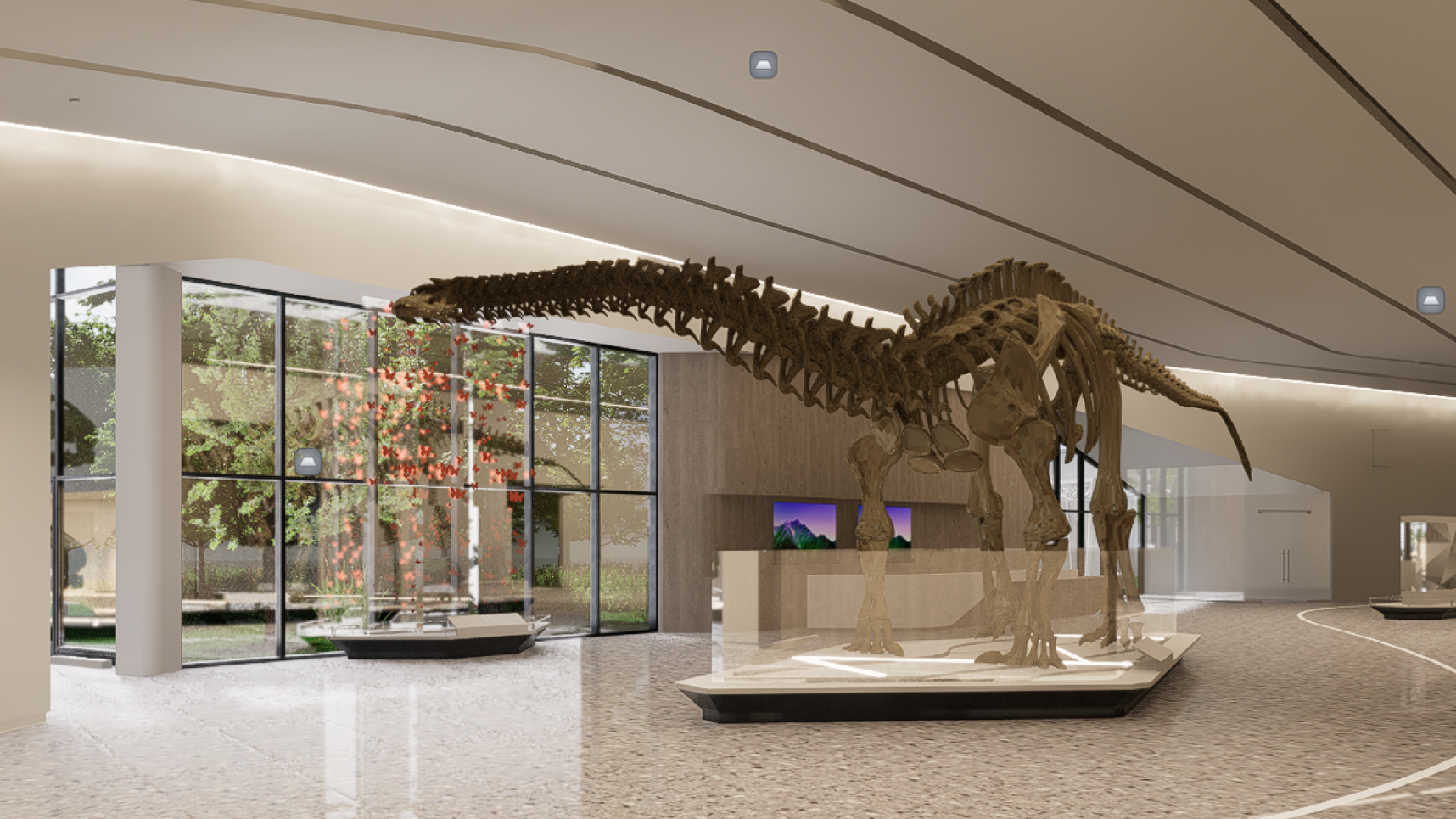
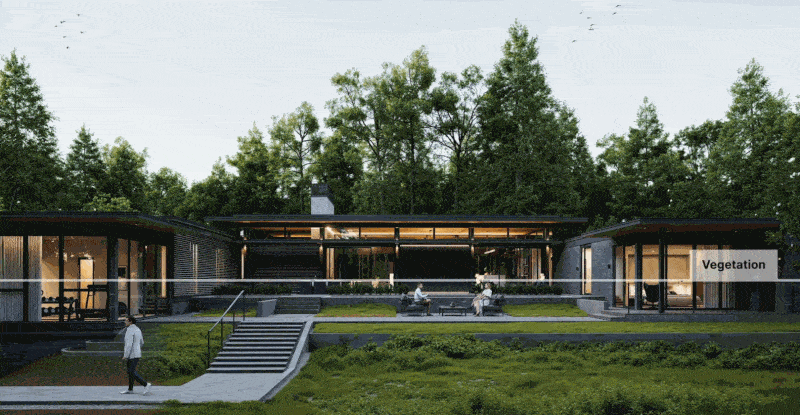
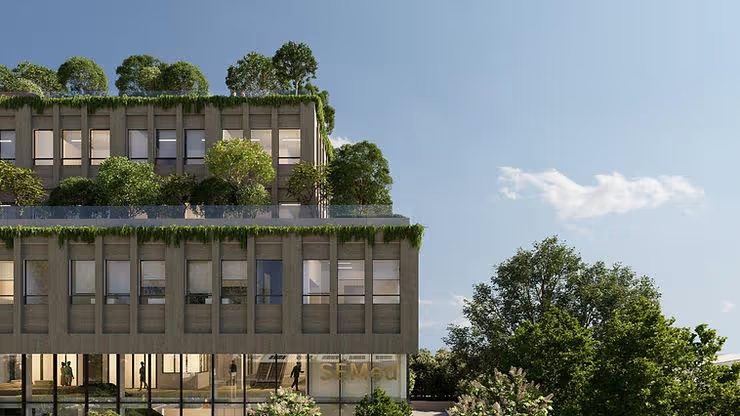
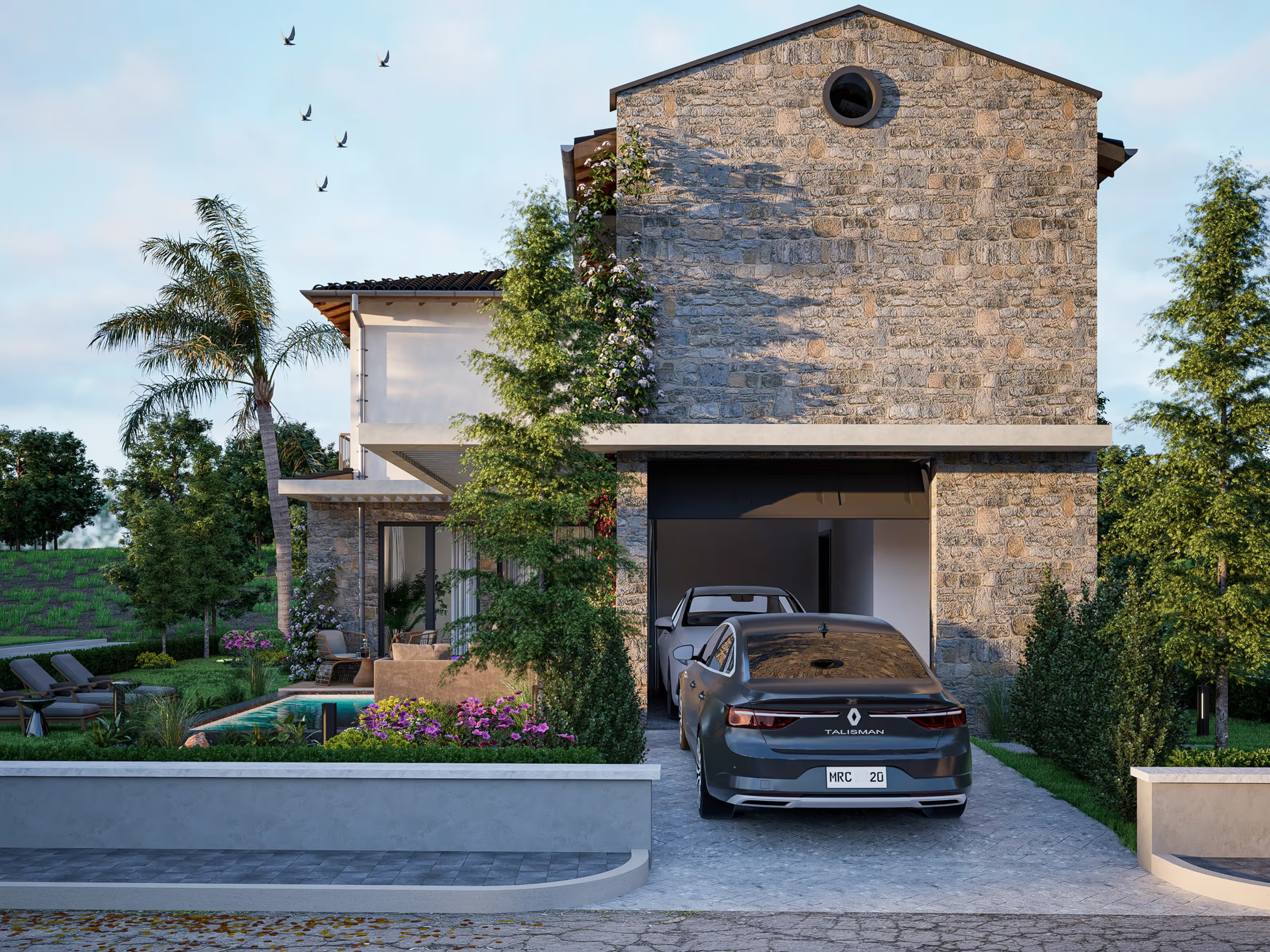


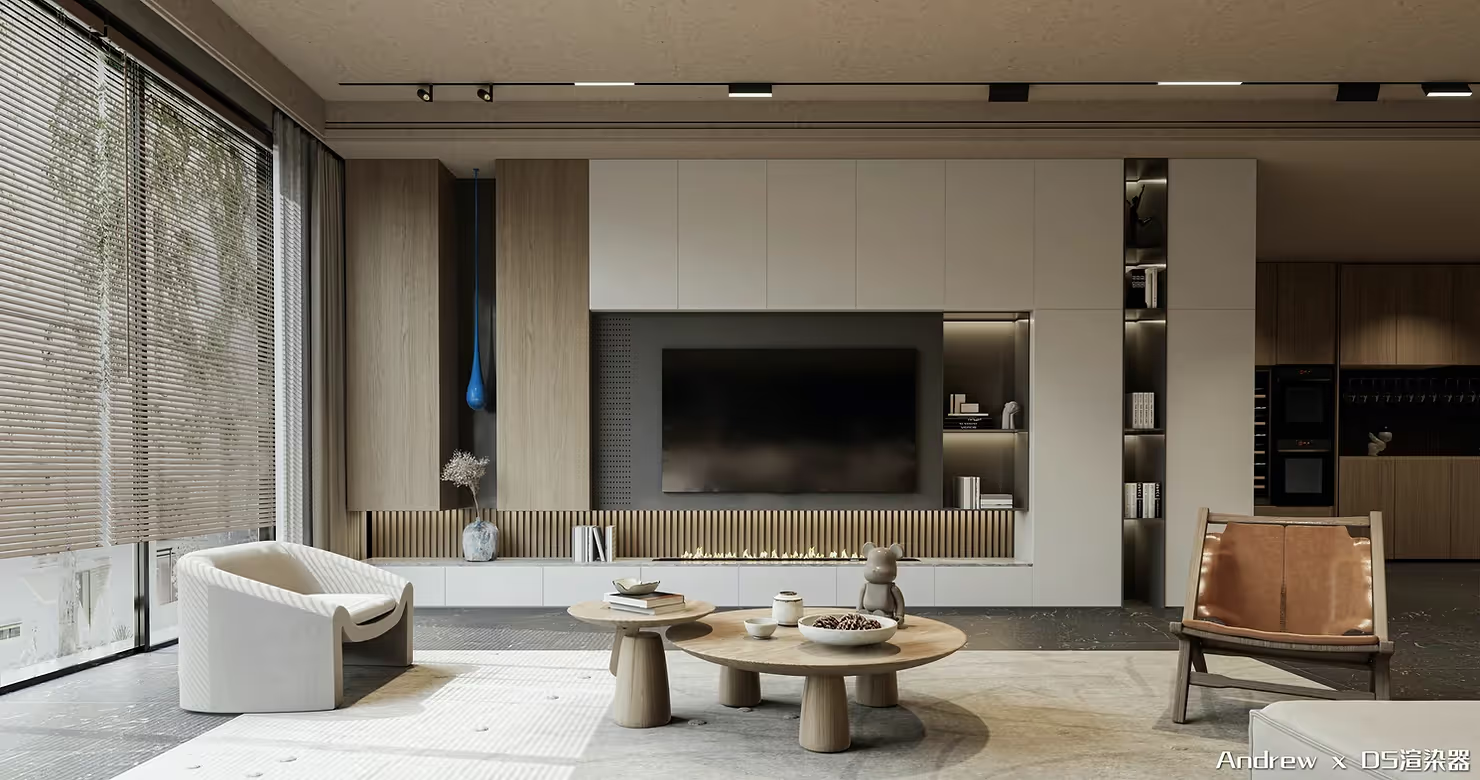
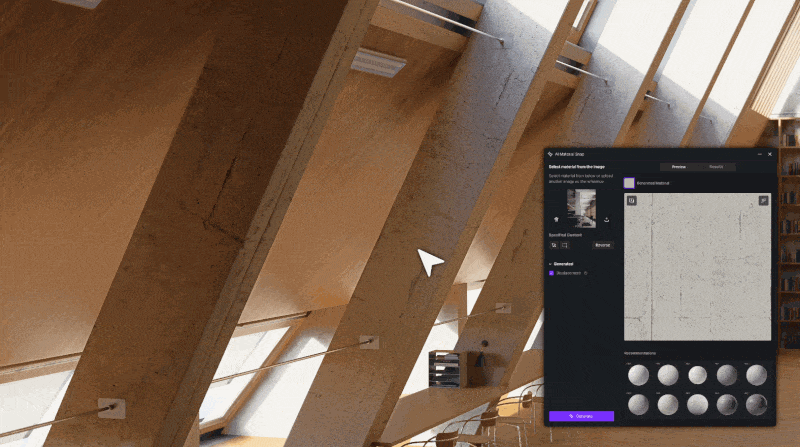
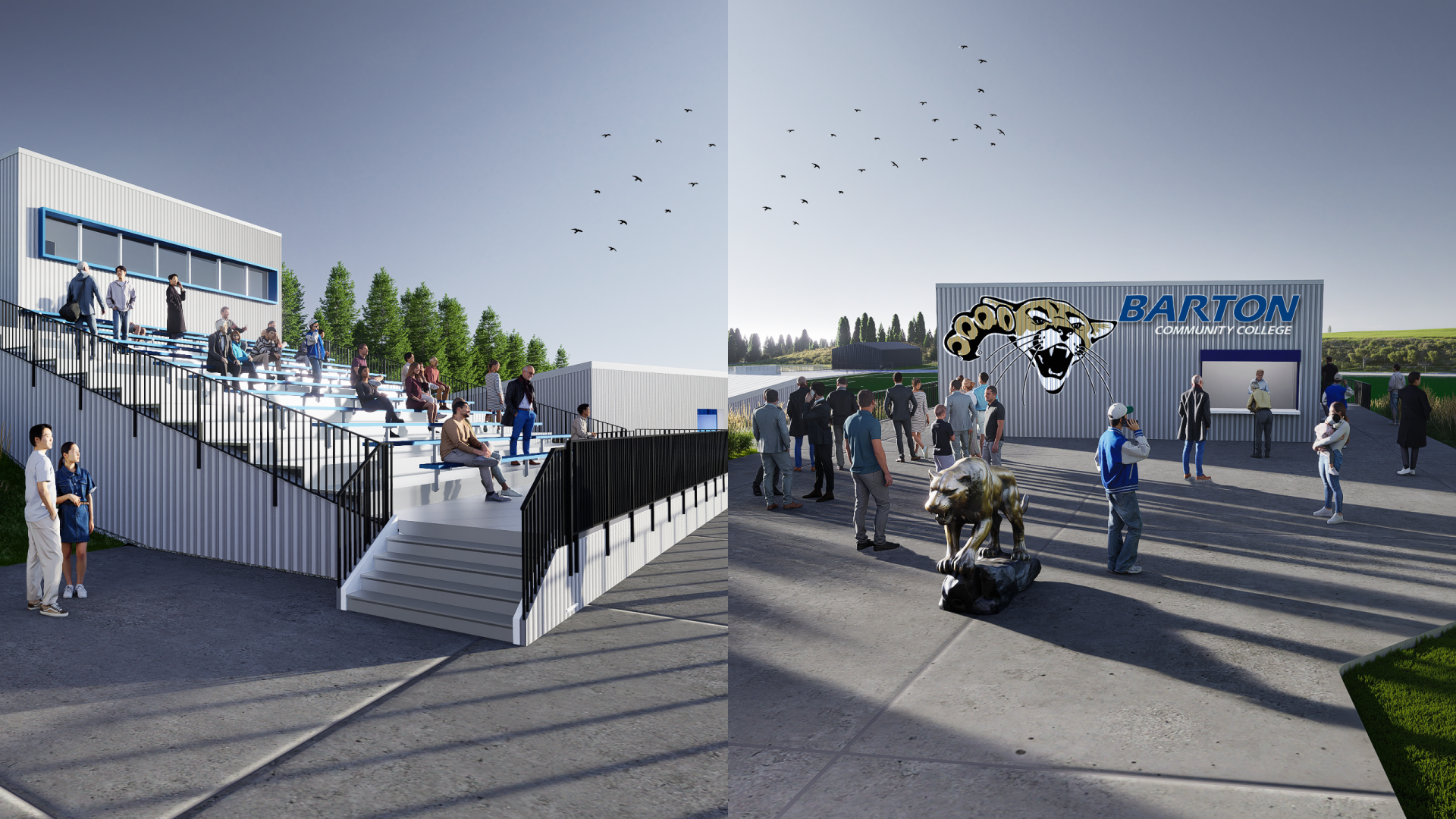




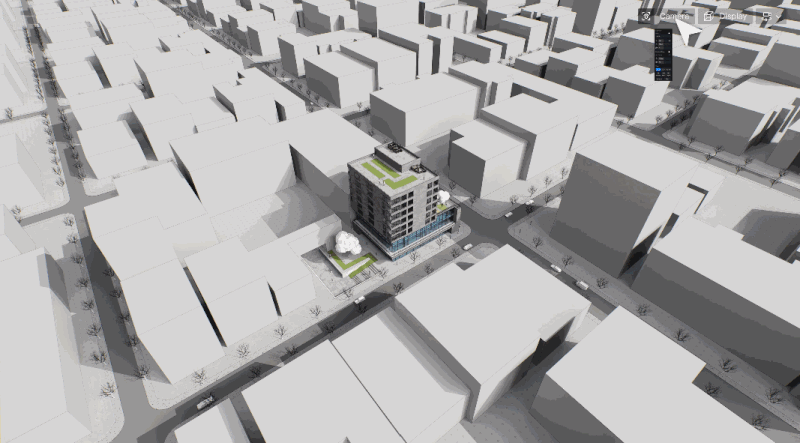

.png)
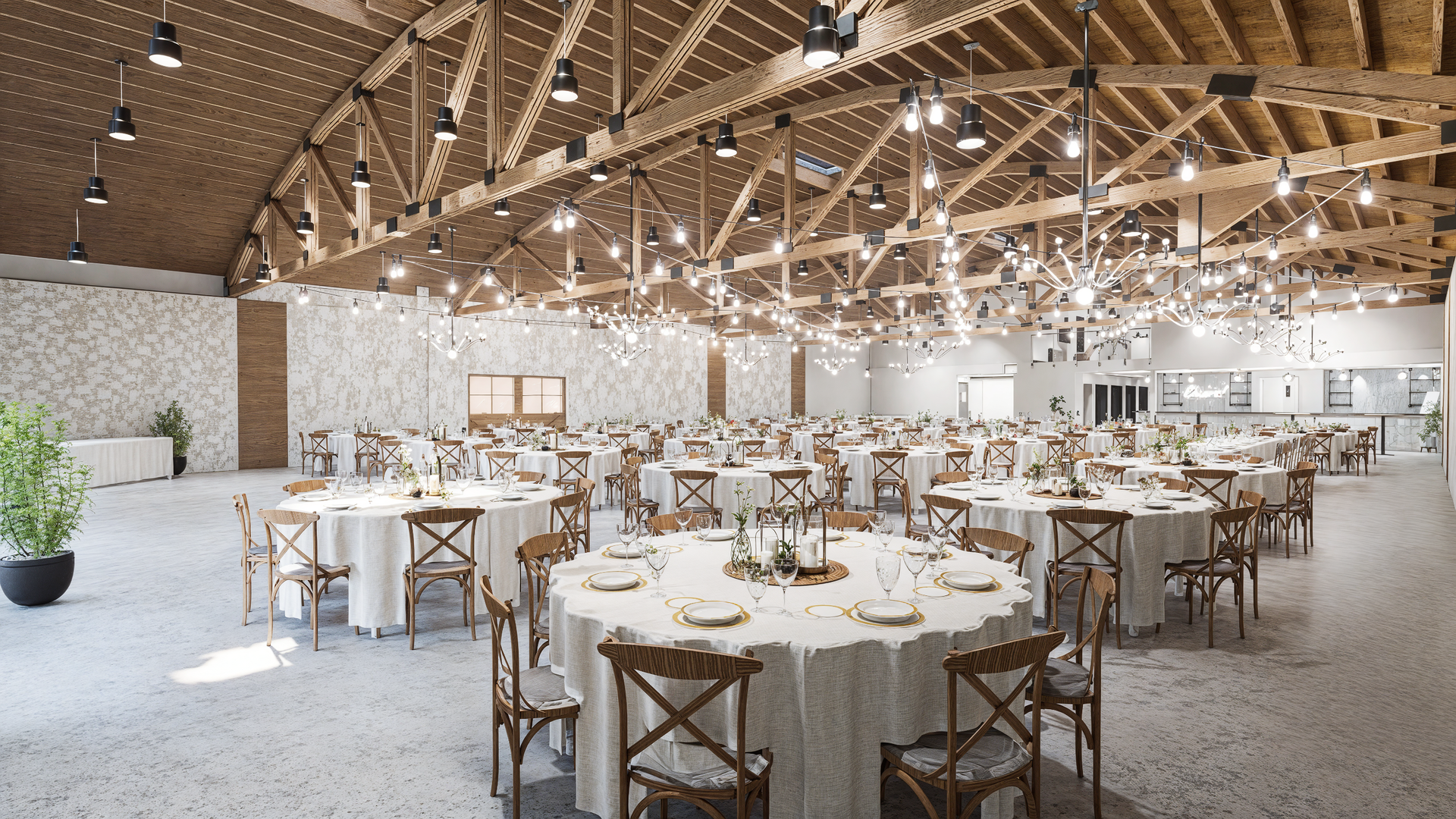
.png)


